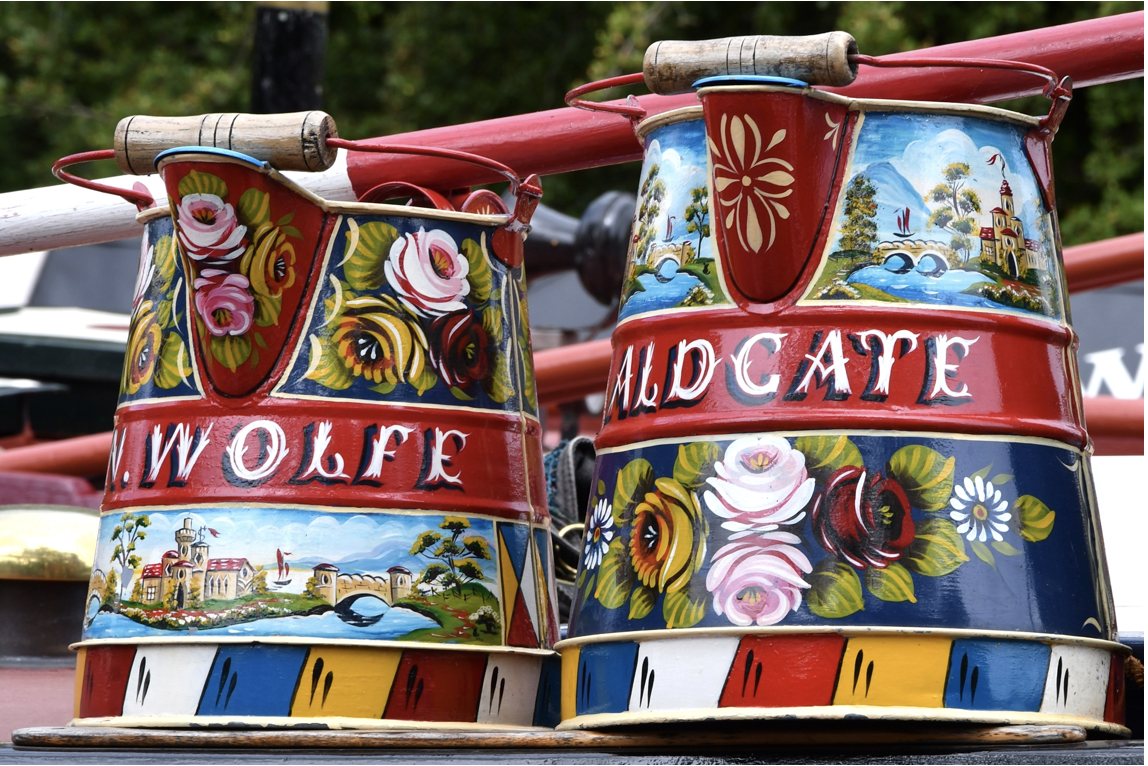INTRODUCTION
Many people find Canal Art a fascinating subject from a historical and practical point of view. This leads to many questions about the subject, especially when it comes to taking up the art/craft. I hope the following will go some way to answering those question. The answers and information were put together with the help of members from the Canal Art-Roses & Castles Facebook Group.
1 What are the best reference books?
The general opinion as to the best books about the history of canal people and canal art are 'Flowers Afloat-Folk Artists of the Canals' by Tony Lewery (David & Charles) and 'A Canal People' by Sonia Rolt (Sutton). For the practicalities of canal art the best books are said to be, 'From Stem to Stern' by J. M. Hill (The Boat Museum) and 'Roses & Castles' by Jane Marshall (Canal Book Shop.) Other books too look out for are: 'Narrow Boat Painting' by Tony Lewery (David & Charles), 'Simple Steps to Roses and Castles' by Shirley Ginger (Canal Book Shop), 'Paint Roses & Castles' by Anne Young (David & Charles), 'Colours Of The Cut' by Edward Paget-Tomlinson (Landmark Publishing) and 'Colours For Cruisers' by John M. Hill. It's not always easy to find some of the above and they may only be available second hand. There are some general Folk Art books that have sections on canal art but the limited space does not allow for much detail.
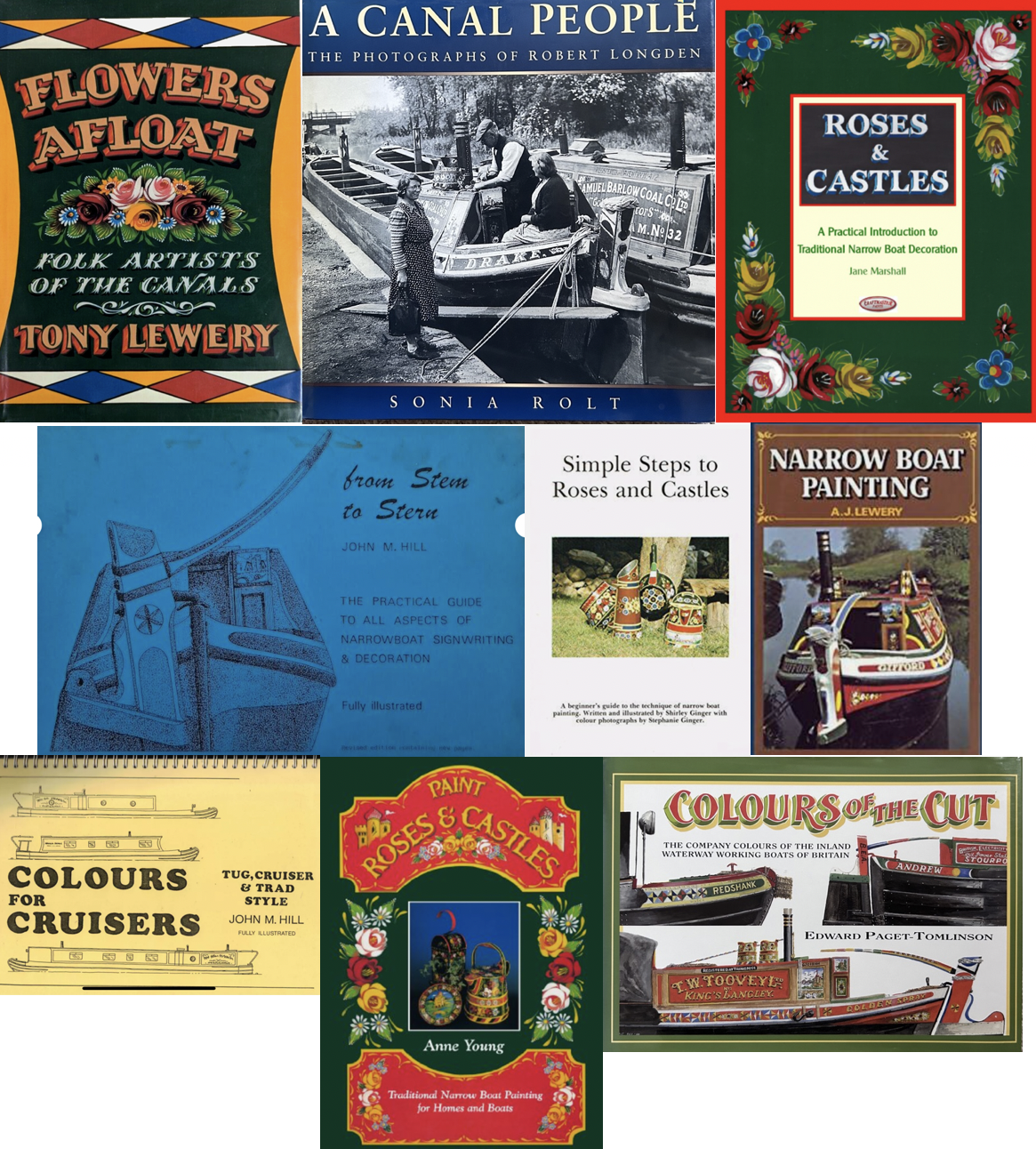
2 Are there Canal Art demonstration on screen?
The best way to develop the skills of painting is to watch someone who you can interact with on a one to one basis or, by joining others on a course. If this is not possible then look for on-screen demonstrations. Youtube can be a source for instruction but the quality of filming and instruction can vary. Watching a DVD is better as the filming and commentary are often more professional and although you are not able to ask questions, you can rewind! There are only a few DVDs available as far as I am aware and they may not be available from new. ‘To The Point’: ‘No. 1 Roses, No. 2: Castles and No. 3 Signwriting, all by Phil Speight. ‘Traditional Narrowboat Painting’ presented by Tony Lewery which was originally produced on two videos. The newest is ‘Paint Canal Art Roses’ by Stuart P. Garfoot.
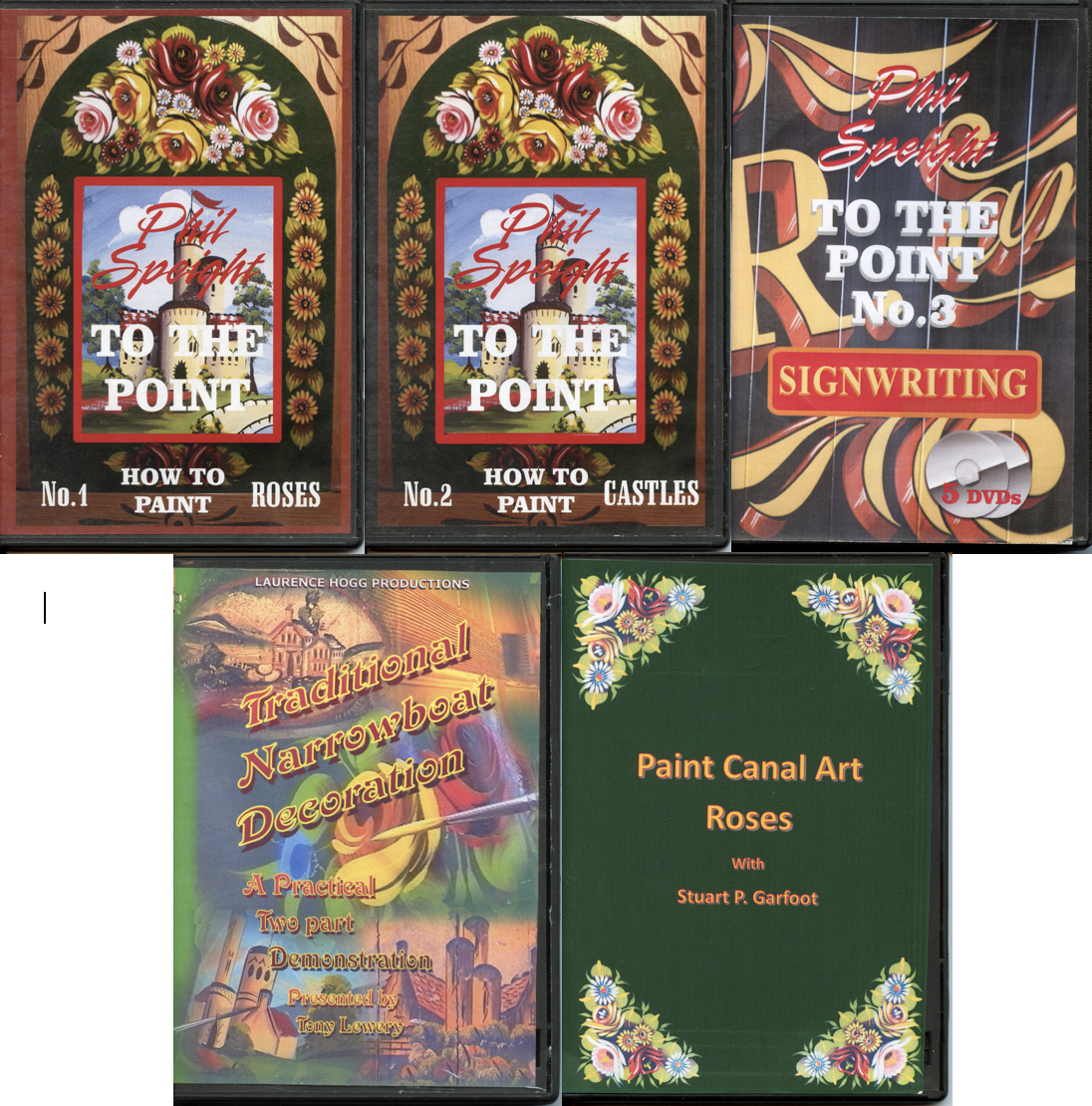
3 Are there recommended museums for Canal Art?
Museums are a good place to find traditionally painted canal art artefacts. When visiting its worth asking if there are items in storage as there may be more to see in store than are on display. It seems that the top place to start is the National Waterways Museum, Ellesmere Port, followed by the Canal Museum at Stoke Bruerne and the National Waterways Museum at Gloucester Docks. More information about these museums can be found at https://canalrivertrust.org.uk/ There are a number of other museums and exhibitions of canal art in locations such as the museum at Stone, The London Canal Museum, the Black Country Living Museum, the Anderton Boat Lift, etc. It's also an idea to look out for temporary exhibitions of canal art. For example, in the 1970s, the V & A in London, held an exhibition of canal art and as part of that also showed a series of old waterway related films.
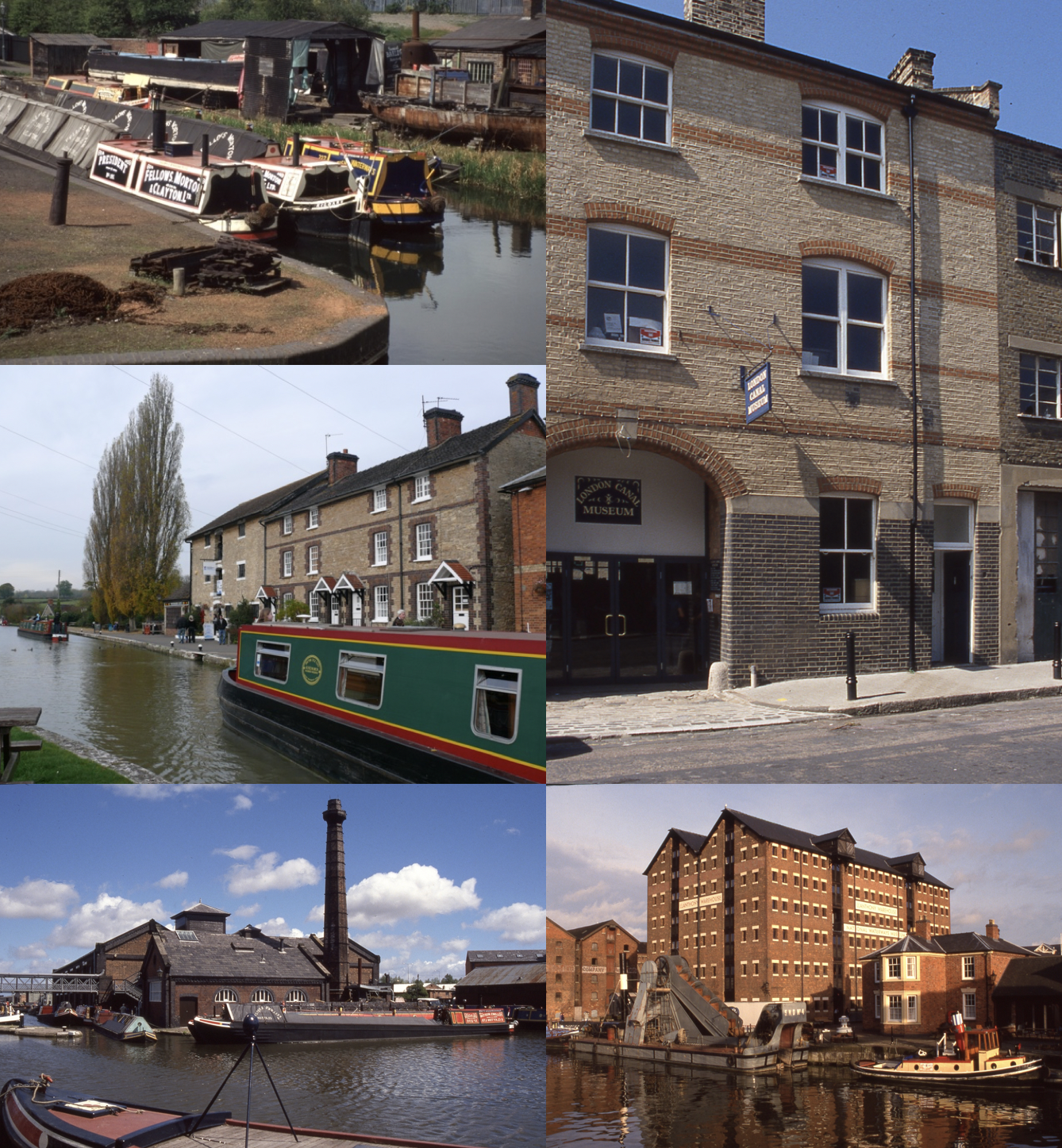
4 What are the best events for viewing traditional narrow boats?
Three events were put forward as the best for seeing large numbers of traditionally painted working narrow boats. The Ellesmere Port Easter Historic Boat Gathering. The IWA Canalway Cavalcade, Little Venice which is held during the early May Bank Holiday weekend. Braunston Historical Boat Rally in June each year.
There are other events, such as the IWA National Rally held at a different location each year; Alvecote Historic Boat Gathering over the August Bank Holiday and the Crick Boat Show which is a more commercial gathering. All have varying numbers of traditional narrow boats that can be seen and its worth looking out for local events. Look for details in such magazines as ‘Canal Boat’, ‘Waterways World’ or the ‘Waterways World’ Annual.
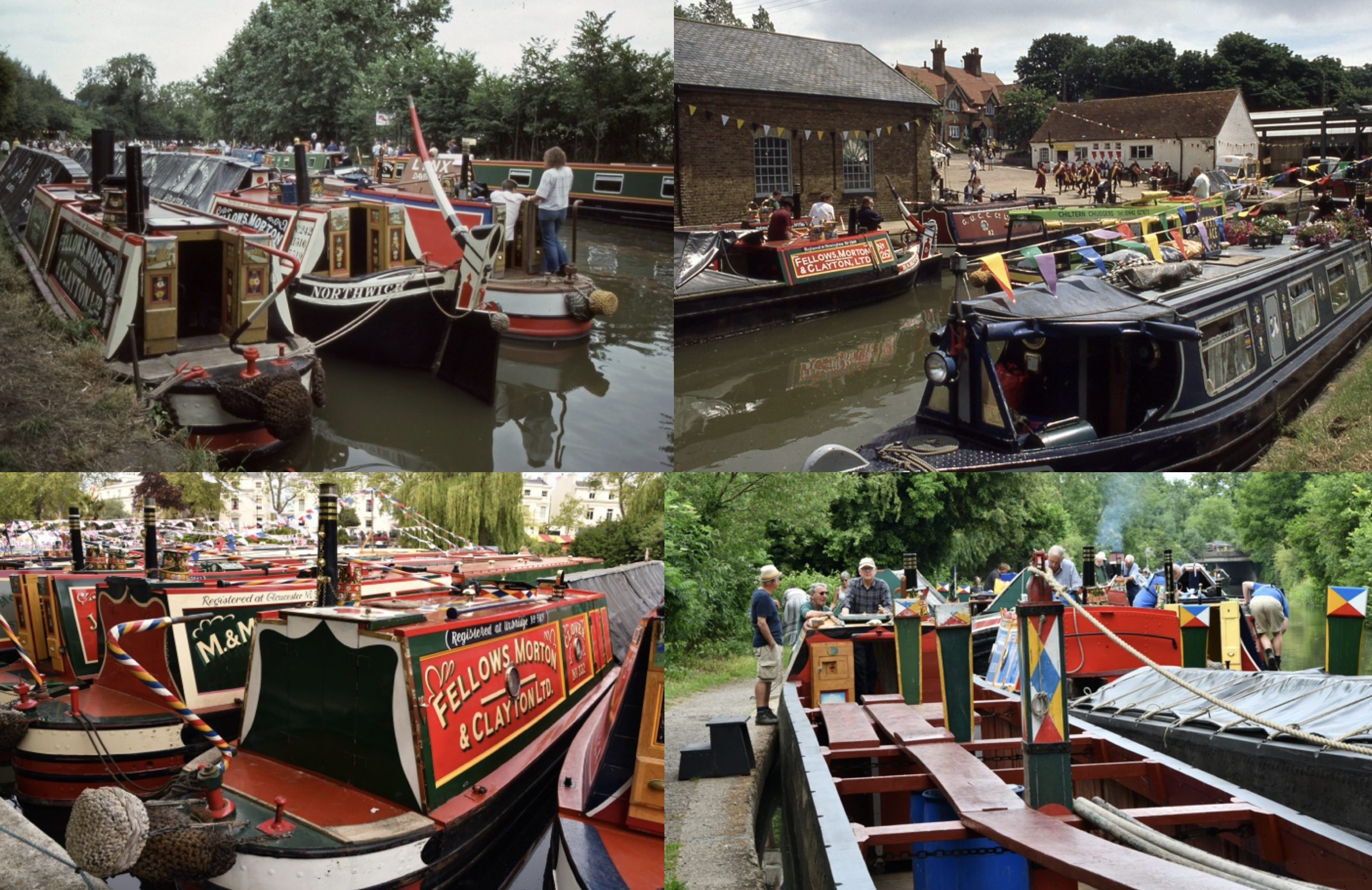
5 Are there such things as Canal Art Courses?
Canal art courses happen at various locations but are not always easy to find as they tend to be locally advertised. There used to be a few weekend and five to seven day courses but sadly those seem to have stopped, as have evening classes that used to happen. Most courses now only seem to be one day at a time. Places to look for information are the waterway museum websites, adverts in waterways magazines or by searching on-line platforms. Names that kept coming up was Phil Speight or Dave Moore. Others are ‘The Heritage Crafter’ and Terence Edge For signwriting courses, Joby Carter comes to mind.
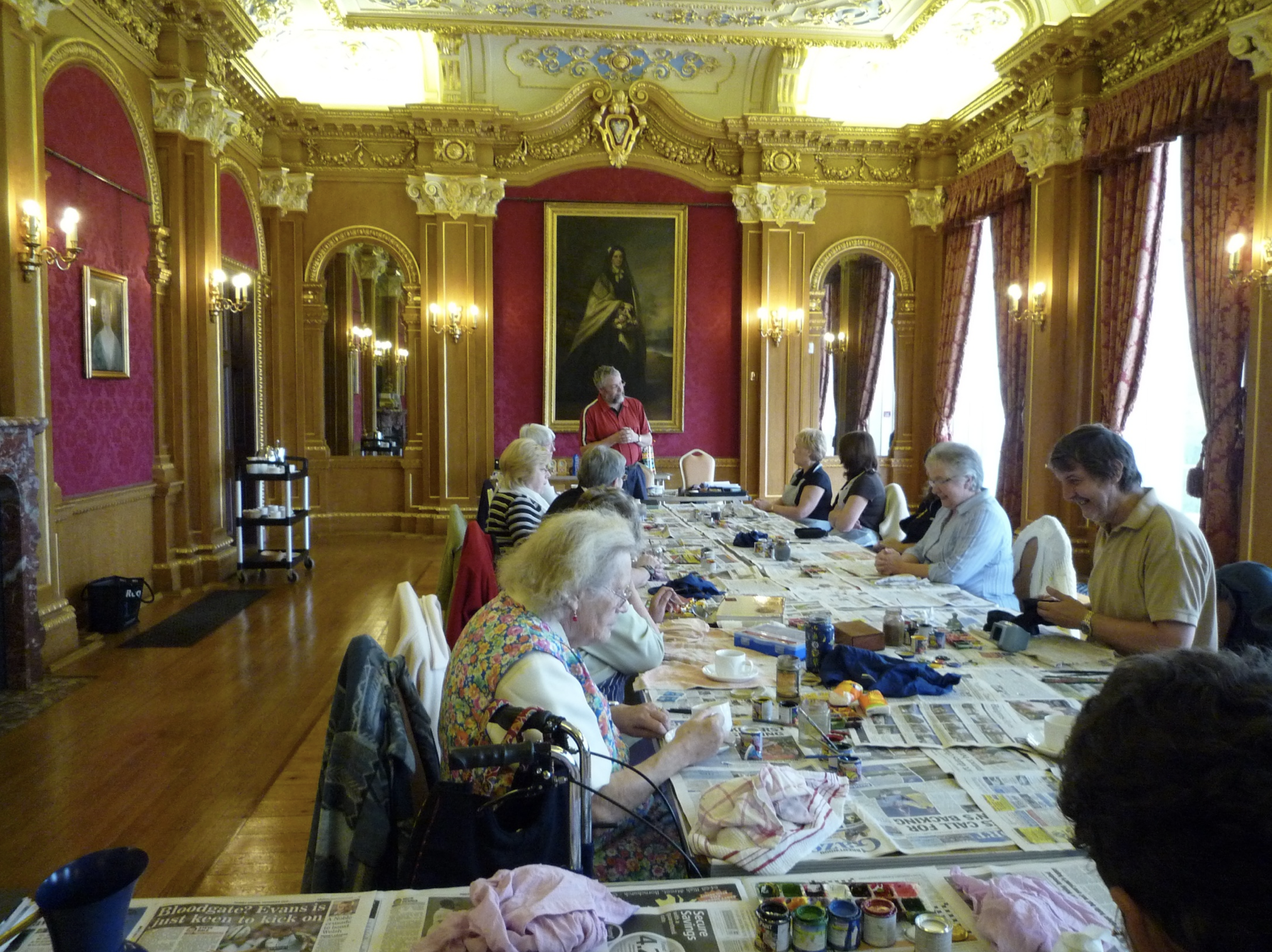
6 Who are/were the best painters to study?
When starting out on a study of canal art you are likely to be influenced by the person who teaches you, the person you watch on screen or what you read in a book. This should lead you to developing your own style of painting but to get a real flavour of traditional canal art its suggested looking at the work of past painters such as: Isash & Jim Atkins, Bill Hodgson, Ron Hough, Frank Jones, Frank Nurser and Herbert Tooley.
Or the work of current painters such as: Dave Moore, Tony Lewery and Phil Speight.
For more information about specific painters, consult ‘Flowers Afloat: Folk Artists of the Canals’ by Tony Lewery.
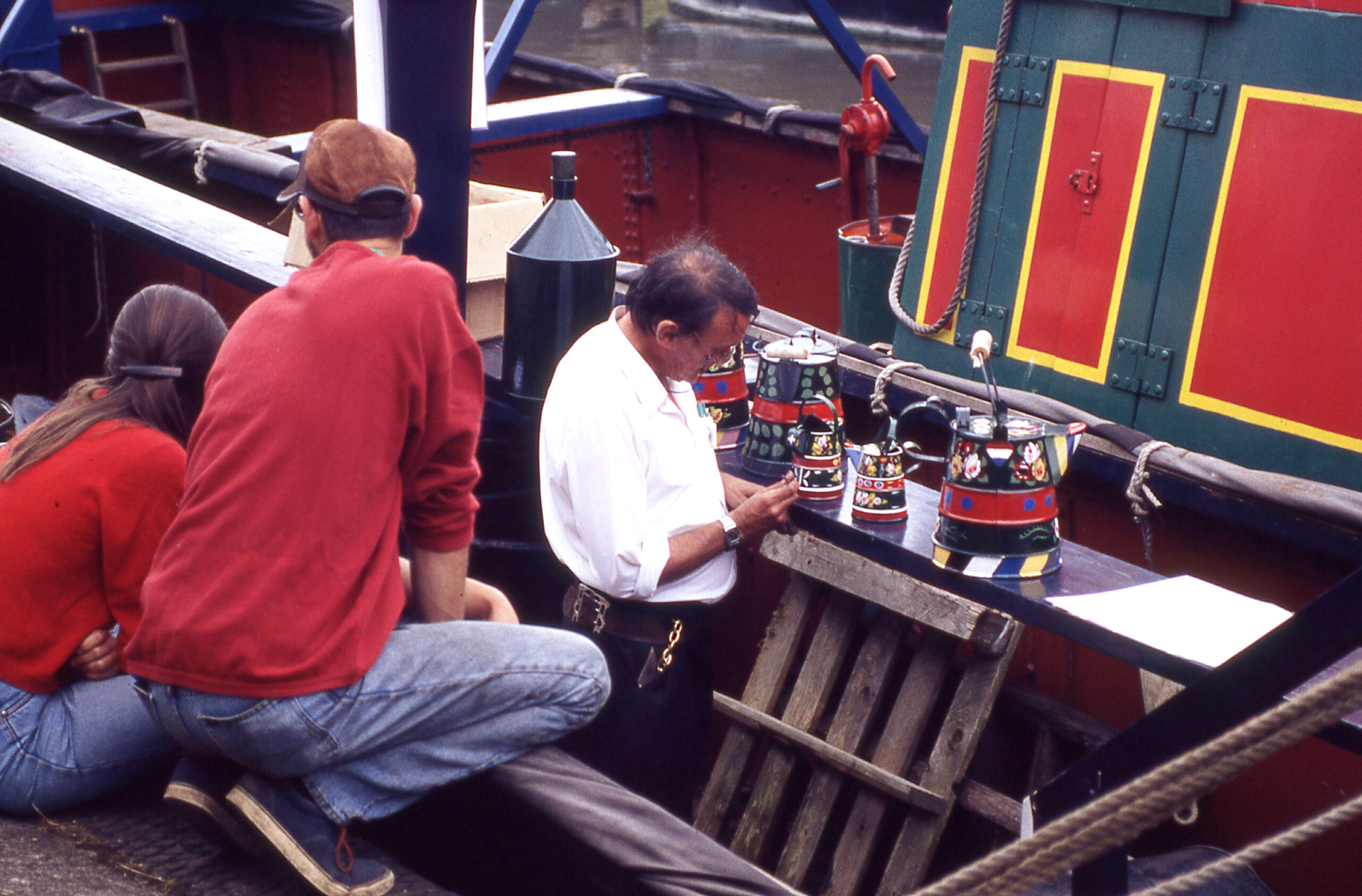
7 Where to start painting?
The first question that people often ask is should you start with the flowers or castle picture? Almost everyone who answered recommended starting with the flowers. The first course I attended was a weeks residential course where the first item we painted was a pre-prepared jam jar for roses. We then moved on to a castle picture which was painted on a wall tile that had already been base coated. We had all taken items with us to decorate and mine was a stall that I had made myself. It’s the brown one shown in the picture. Having a week meant we could do a bit of everything, as well as a talks about the canals and free time to explore the local area.
When starting its best to go on a course as you can’t really see what's going on by looking at a book. Practising brush strokes on boards or card is a useful way to start but can became tedious. I suggest jumping right in by decorating an item. However it turns out, you are likely to be pleased with your first attempt and its usually your second item that you are not so happy with as you tend to try to hard! Remember that it's often said it takes 100,000 hours to become proficient at a new skill. Things to decorate could be a: card sample, jug, bucket, watering can, stool, dipper, bread board, tea tray, wooden spoon, enamel ware, flower pots, etc.
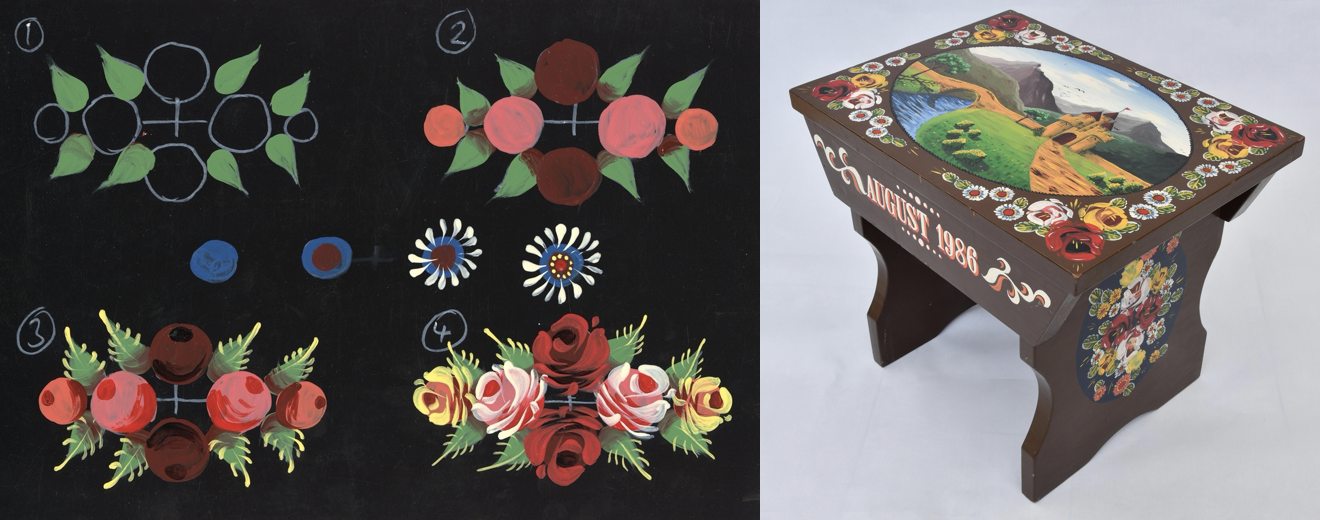
8 What are the best background colours to set off the decoration?
Background colours are sometimes referred to a base coats and are often applied to a surface that has already had a primer coat. In a proportion of 2 to 1 most people seemed to prefer a matt background colour. That means using a coloured undercoat although the choice of these is rather limited unless you mix your own. Craftmaster Paints produce high build colours of which the most suitable are black, dark blue, dark green, dark red, mid blue, mid green, and mid red. A matt background is said to give a better key for the decoration and can help the blending process. The decorative colour is also said to dry quicker on a matt surface. Traditionally painters only used matt paint and varnished everything at the end.
There is nothing to stop you using a gloss paint as a background and the advantage is that you have a greater variety of colours but the traditional colours were limited to red, green and blue. Wood graining was often used as a background for interiors. Most people who expressed an opinion seemed too preferred a dark green for their background colour.
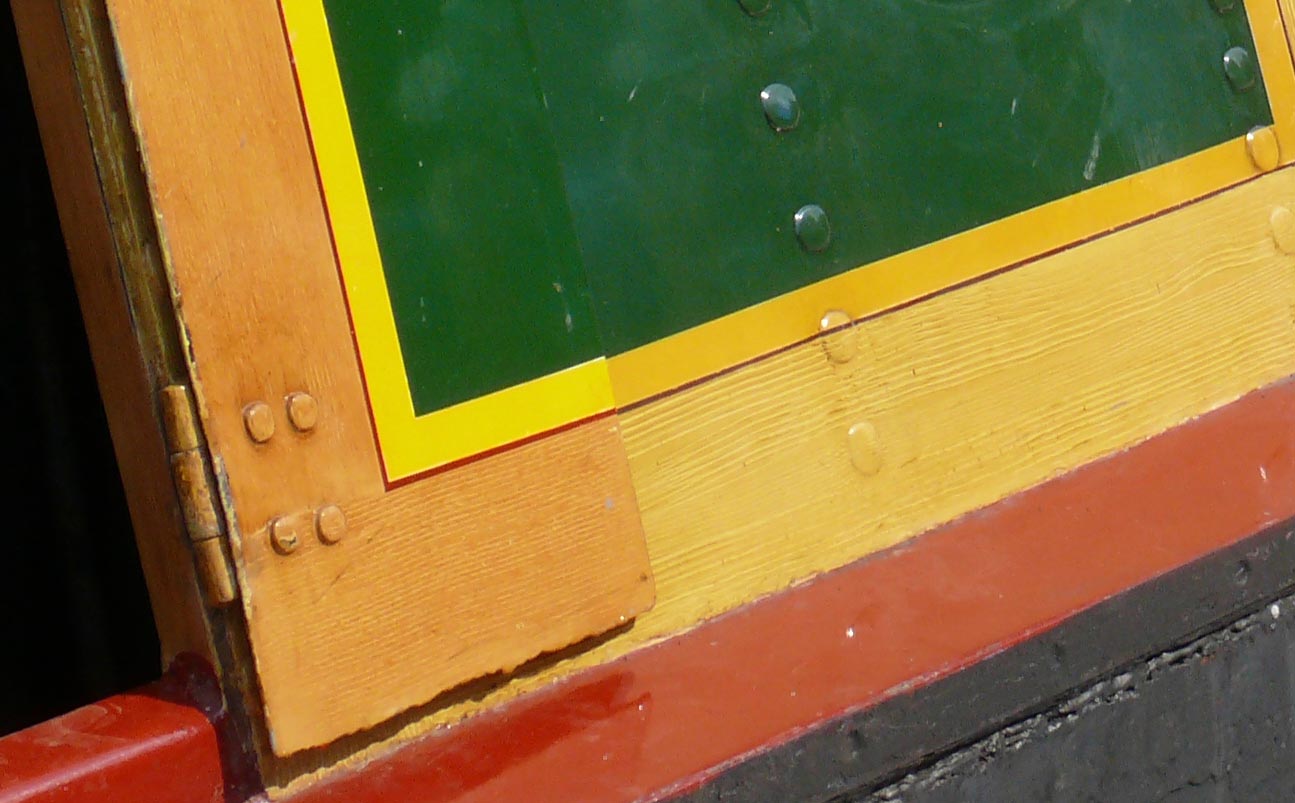
9 What types of Brushes are best for Canal Art Decoration?
The general opinion seems to be that sable brushes are the best. It's said that they hold the most paint and give long service if carefully looked after. The best of these is said to be the hand made sable brushes but these can be expensive.
There are also a variety of synthetic materials that will do the job but some can develop hooked ends over time and this is almost impossible to get rid of. The main factor when choosing a brush is probable going to be your budget, so its worth trying different types to see what suits you best. Its not worth buying cheap brushes as you get what you pay for and cheap ones make the job more difficult. Don't forget the brush is your main tool, so you should buy the best you can afford.
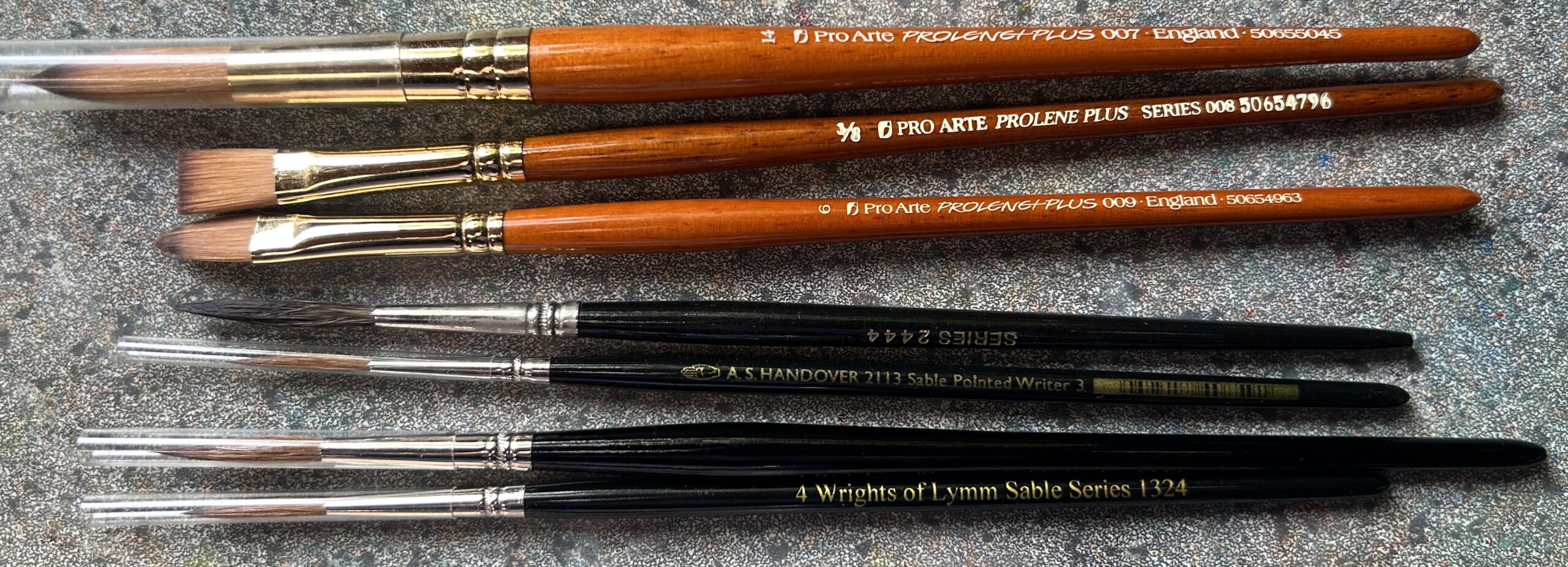
10 Whats the best way of keeping brushes in good condition?
After use, clean your brushes white sprit. Swish them around in a decent amount of white spirit without bending the bristles on the bottom of the container as this could distort the shape. Some people follow this by washing the brushes in warm soapy water. Then grease the brushes with something like vaseline (I knew someone who used tallow.) This helps keep the shape and bind the bristles together until their next use. This also prevents the brushes from drying out. If brushes dry out they tend to go hard at the base of the bristles or ‘fillings’ and this shortens their life. The general opinion is to store brushes flat on a board held in place using an elastic band. You could use a purpose made brush case although this will cost more money. Keeping brushes this way helps protect them, especially for transportation, and helps you to more easily spot the bush you are looking for!
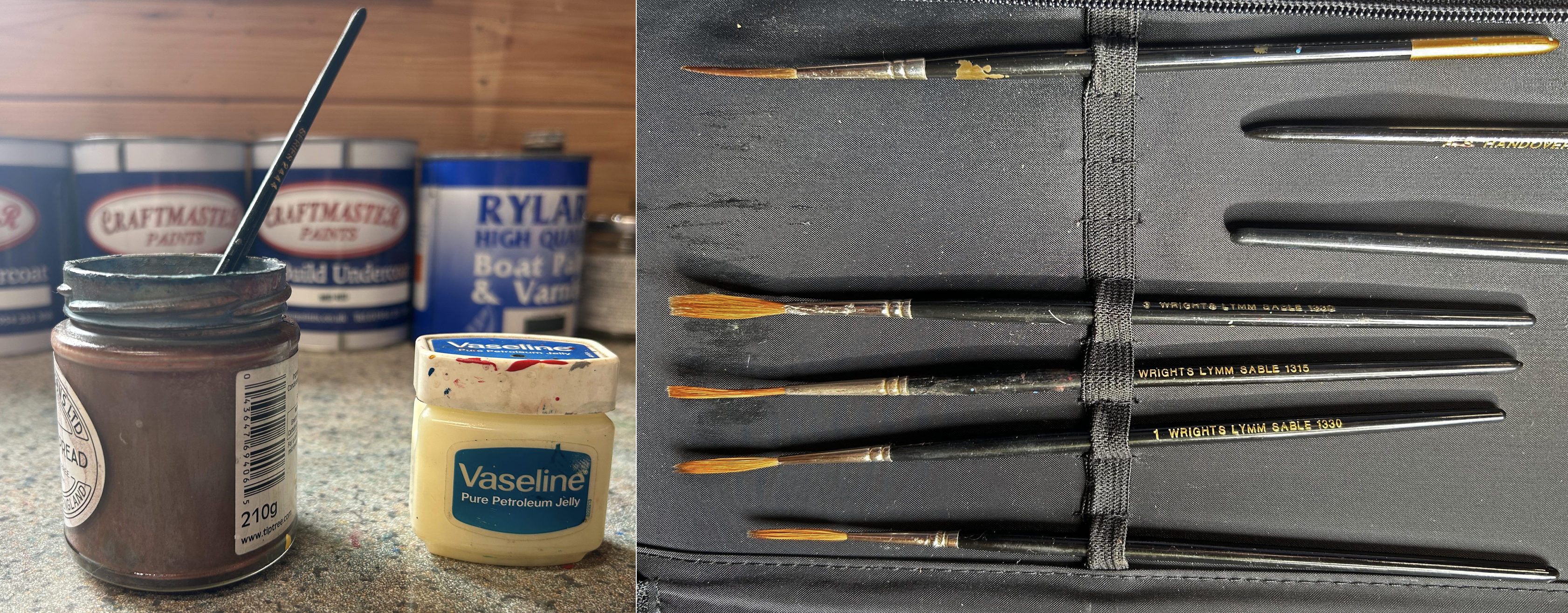
11 Can you prevent skin forming on opened tins of paint?
There were a number of ideas put forward as to how you can prevent paint skinning over, in part used tins of paint. Make sure the lid is put on properly and then store up side down. Put some cling film over the top of the paint before putting the lid on. Decant the paint into smaller containers to minimise the effect. Put a drop off turps on the paint before closing the lid. All those ideas are worth trying but you probably can’t avoid getting skin on the paint the further down the tin you go.
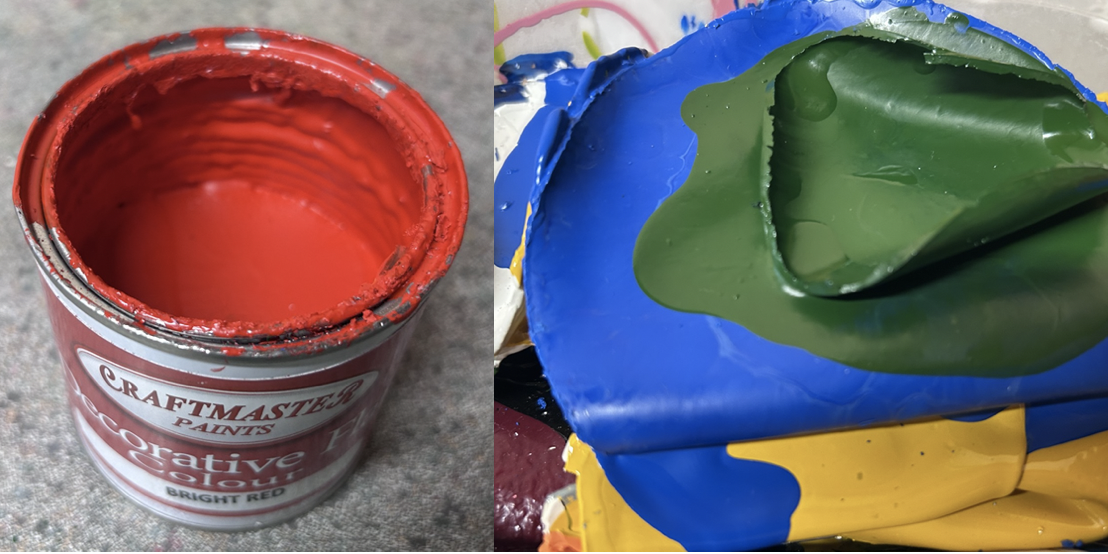
12 Whats the advice on mixing and preparing paint?
Containers or surfaces for mixing paint seemed to generate the greatest variety of answers but overall it seemed that people didn't want to spend money on purpose made mixing trays or pallets. The answers for what to mix paint on included jar lids, a square of hardboard, cup cake baking trays, an old grill tray, ice cube tray, pill docket boxes and cutting the base of a milk carton.
The suggestions for mixing paint also had a variety of answers including a broad bladed screwdriver, blunt end of a pencil, garden canes, fast food drinks stirrers, a small length of wire coat hanger with the end bent over, a short lengths of dowel or an old brush. A brush seemed the preferred choice for final preparation prior to actual painting.
I joined a Dave Moore signwriting course on one occasion and he used an artists palette for mixing on. He said he found that was the best way to brush out the paint to obtain the perfect consistency prior to painting. ‘The brush should feel that it just glides through properly mixed paint.’ Then you have a proper palette to hold if you are painting a boat.
If a quantity of one colour is required, it can be mixed in a 35 mm film canister where it can also be stored for a time. I know no one uses 35 mm film now but you can still buy the containers on-line. When the paint has dried in the container, it can usually be pealed off and the container re-used. Other people store small amounts of mixed paint in baby food jars, plastic vitamin pots or small Wilkin & Sons jam jars. Others preferred to mix what is required and anything left over is discarded.
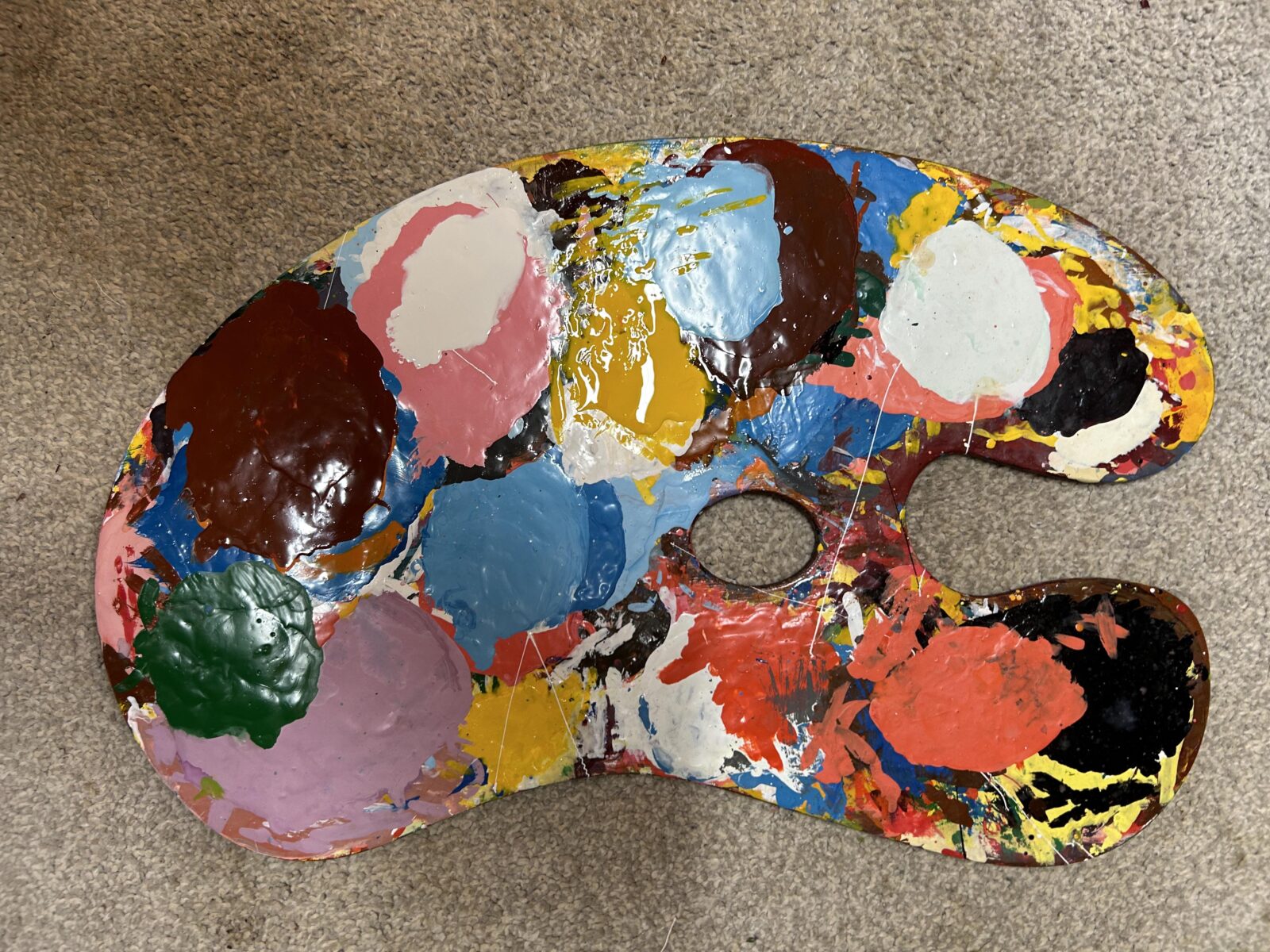
13 Does decorative paint need thinning?
There are occasions when paint needs thinning. Some colours seem to get thinker the further down the tin you go, so need thinning down. When paint is not flowing easily while creating the decoration, it may also need thinning.
Suggestions for thinning paint were to use: white spirit, turps, a drop of linseed oil, PPA or one shot reducer. White Spirit is a good starting point as we've usually got that to hand but keep clear of Clean Spirit as its said to only work with water based paints. The other products would be an additional cost to your painting although of the rest, PPA is designed to properly thin paint without loosing its properties. Unless you are painting full time you will not use very much PPA at a time so it might be wise not to purchased a large tin as it can rust the tin over a period of time! I learned from experience and wasted half a tin.
This is a good opportunity to remind people about the risk of spontaneous combustion if linseed oil is used and left on rags thats are not disposed of safely. If a rag is left with linseed oil on it, oxidation can take place and that gives rise to heat, even at room temperature. That could lead to a fire risk.
One of the group gave a great description of how PPA works: ‘PPA works by lubricating the paint, and easing its flowing characteristics. This lengthens the window in which the paint is workable and slightly retards the drying.’
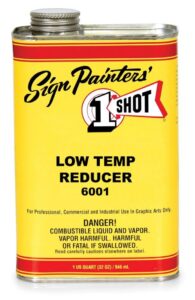
14 What are the most suitable paints for Roses & Castles?
Most people’s preferred choice of paint seemed to be 'Craftmaster' flat colour for painting roses & castles. These were developed specifically for the job. Prior to that, one of the best paints was ‘Keeps’ signwriting paint but that has sadly gone although ‘Craftmaster’ do have a range of ‘Keeps’ colours. Other useful makes are ‘1 Shot’ or ‘Cover It’ (Wrights of Lymm). When I started painting in the 1980s I used ‘Humbrol’ enamel which was easy to get hold of and relatively inexpensive. Some painters still use, Humbrol or Revelle as the paint can be bought in small tins at a relatively low cost, if you are just starting out or painting small items. ‘Craftmaster’ produce a starter kit which includes the five basic colours, an instruction sheet and brush.
https://www.craftmasterpaints.co.uk
https://www.stonehouses.co.uk (Wrights of Lymm)
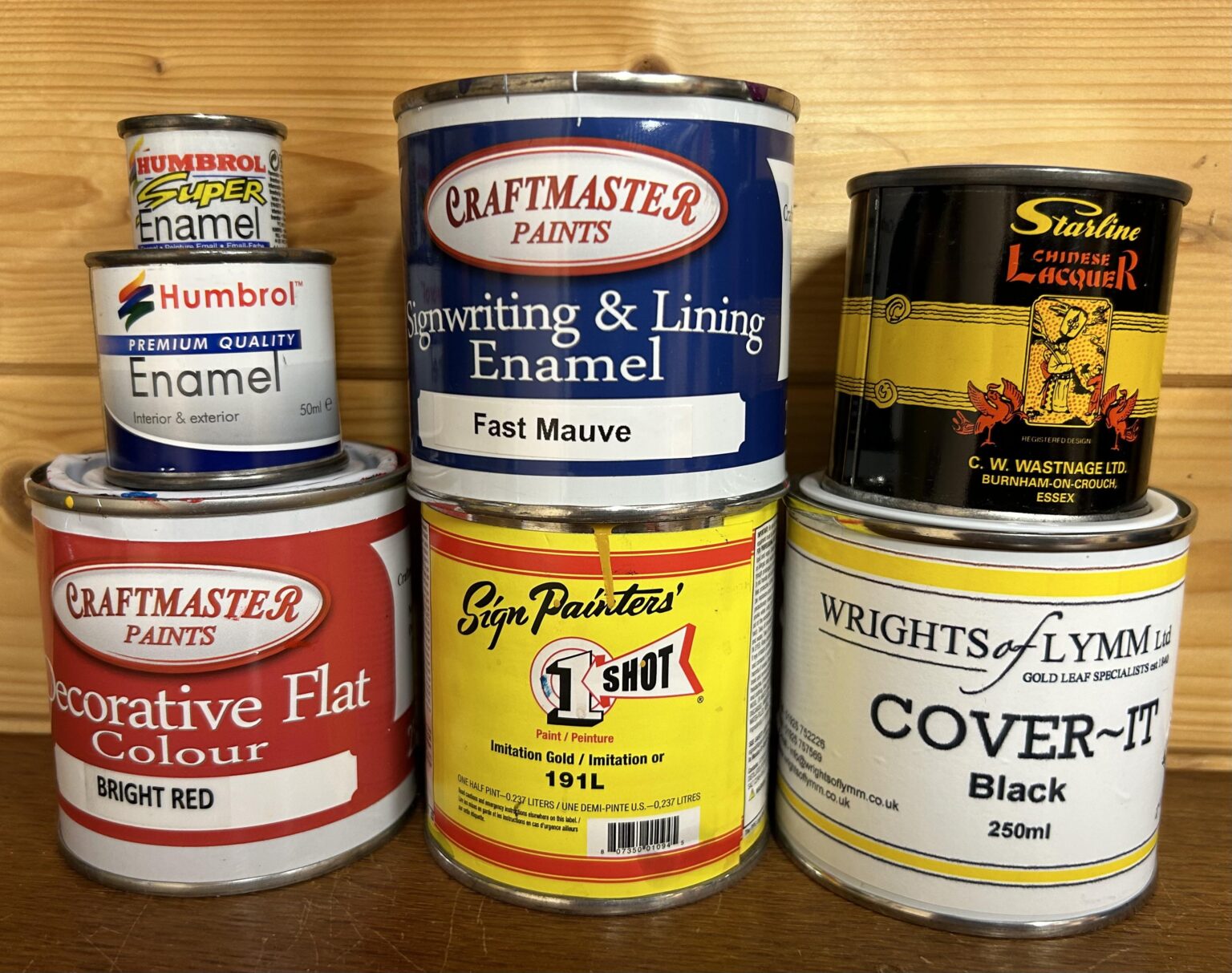
15 Can you mix different makes of paint?
Generally it was agreed that mixing different types/makes of paints was not a good idea as they may be incompatible or show variations in colour. However flat colour and gloss of the same make will mostly mix together. This seems to do no harm as the items are usually varnished when the decoration is finished.
This does not mean you can’t try mixing different makes of paint together as an experiment but you should read the instructions supplied by the manufacturer.
You may come across something called water based enamel paint which seems a contradiction in terms. It can be rather thin and wont mix with traditional enamel paints. The picture shows roses painted with water based enamel paint.
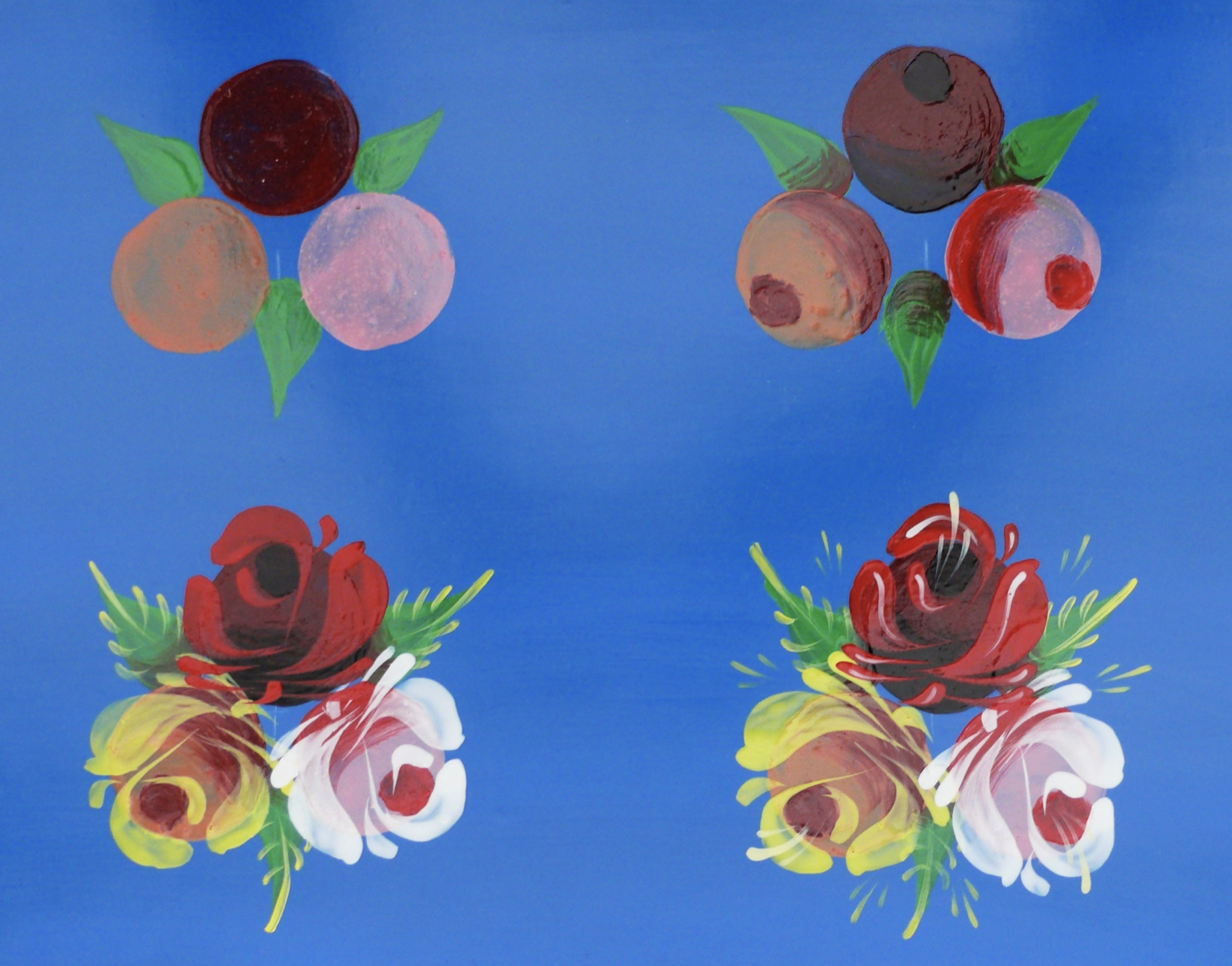
16 Can you mask areas to achieve straight lines?
The first reply was about protecting large areas of a 3D item. ‘To protect large areas like wooden handles use cling film stuck down around the edges with masking tape.’
The professional view seems to be that if you are using the correct brush you should be able to paint straight lines without masking areas, although a low tack tape is useful as a guide for defining the top and bottom edges of lettering when signwriting.
For many of us masking areas has a part to play, especially when starting out. 3 mm, 6 mm or 12 mm flexible tape can help achieve crisp edges with the narrower versions having the ability to be pulled around a curved line, to some extent. Suggested tapes were Pro Decorators tape, Craftmaster low tack or low tack Frogtape.
When painting a castle scene on a cabin door, side panels, a stool or water can, masking the edges has its uses. It allows you to brush out the sky, river and grass right to the edge of the frame without stopping.
Avoid using a cheaper ‘masking tape’ as the paint has a tendency to seep underneath and some people say you should take the tape of straight after painting. If the paint is allowed to dry for too long the tape could pull off the paint underneath. I learned this the hard way having left tape on for two months. When I removed it, a lot of paint was pulled off as well!
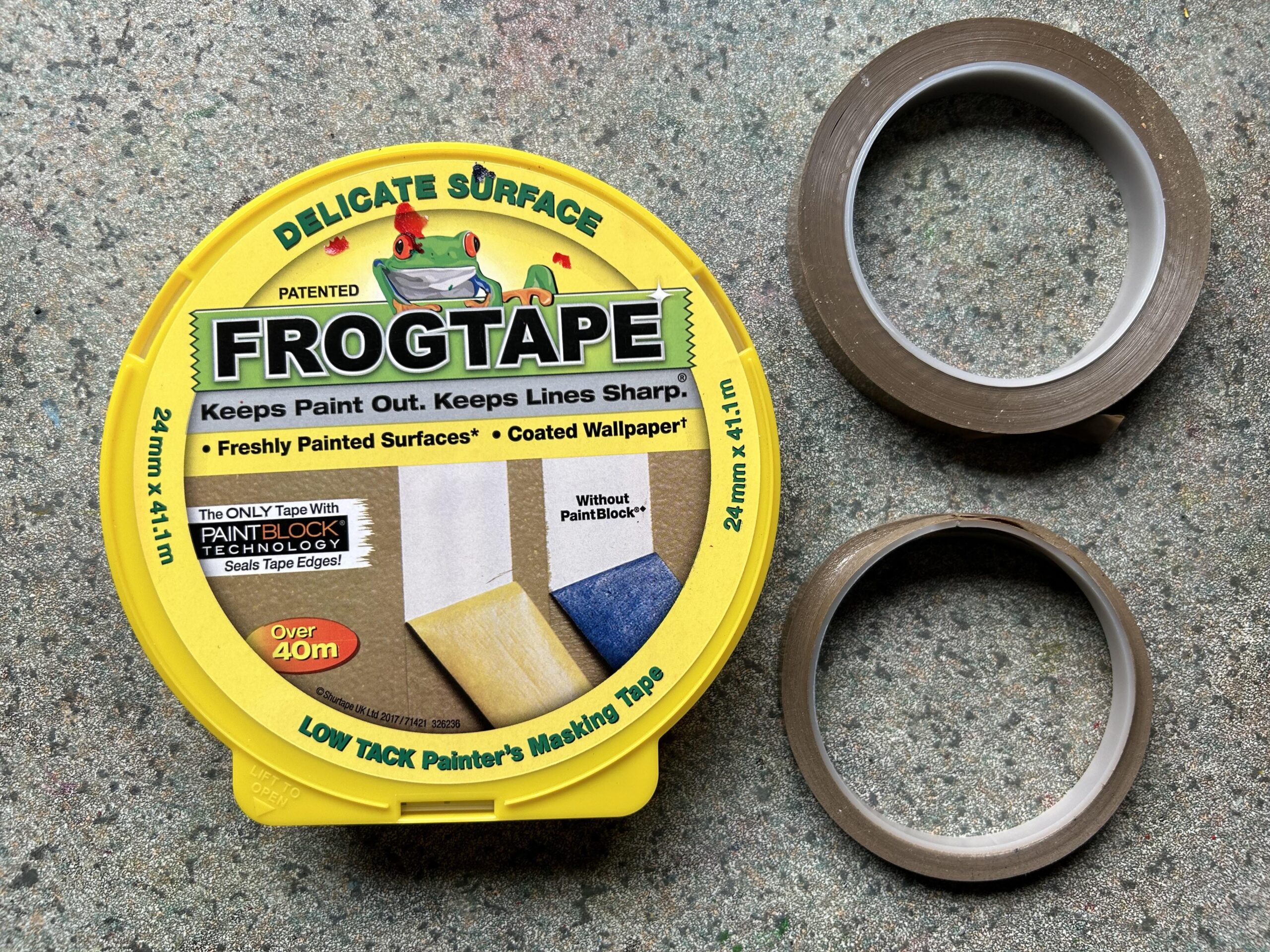
17 Is it a good idea to draw out flower patterns before painting?
The general opinion seems to be to mark out the positions of the flowers with a few disks or crosses using a chinagraph pencil or french chalk. Some people mark the position of the leaves with a dash or simple outline. Others said that if you mark the positions of the flowers you don't need to draw the leaves, they will just naturally fit in place. Another suggestion was to the mark a centre line for swags and work from that. If there is too much detail in the drawing the design can be ‘stiff, unnatural or create a heavily formalised arrangement.’ Randomness in patterns can make them look more natural. Overall it seems the best plan is to use as few marks as possible although when starting out, a drawing can help you plan the layout and stop you getting too close to the edges of the space where the decoration is being placed.
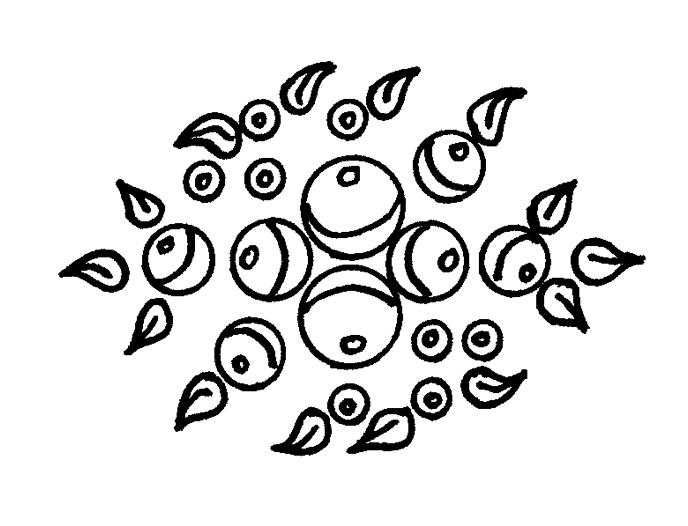
18 What is the preferred shape and size of brush for painting the flowers?
The shapes of brushes that were suggested for painting flowers were: Chisel Writers; Pointed Artist Brushes; Pointed Writers; Long Bristle Riggers; Flat One Stroke or Fine Liners. The sizes also varied and depended on the size the decoration being produced. Use the largest brush possible for the size of petals as they should be painted with as few brush strokes as possible. This helps the speed of progress. It looks as though you need to try different shapes and sizes to find what suits you in a given situation but also try to watch how other people use different brushes.
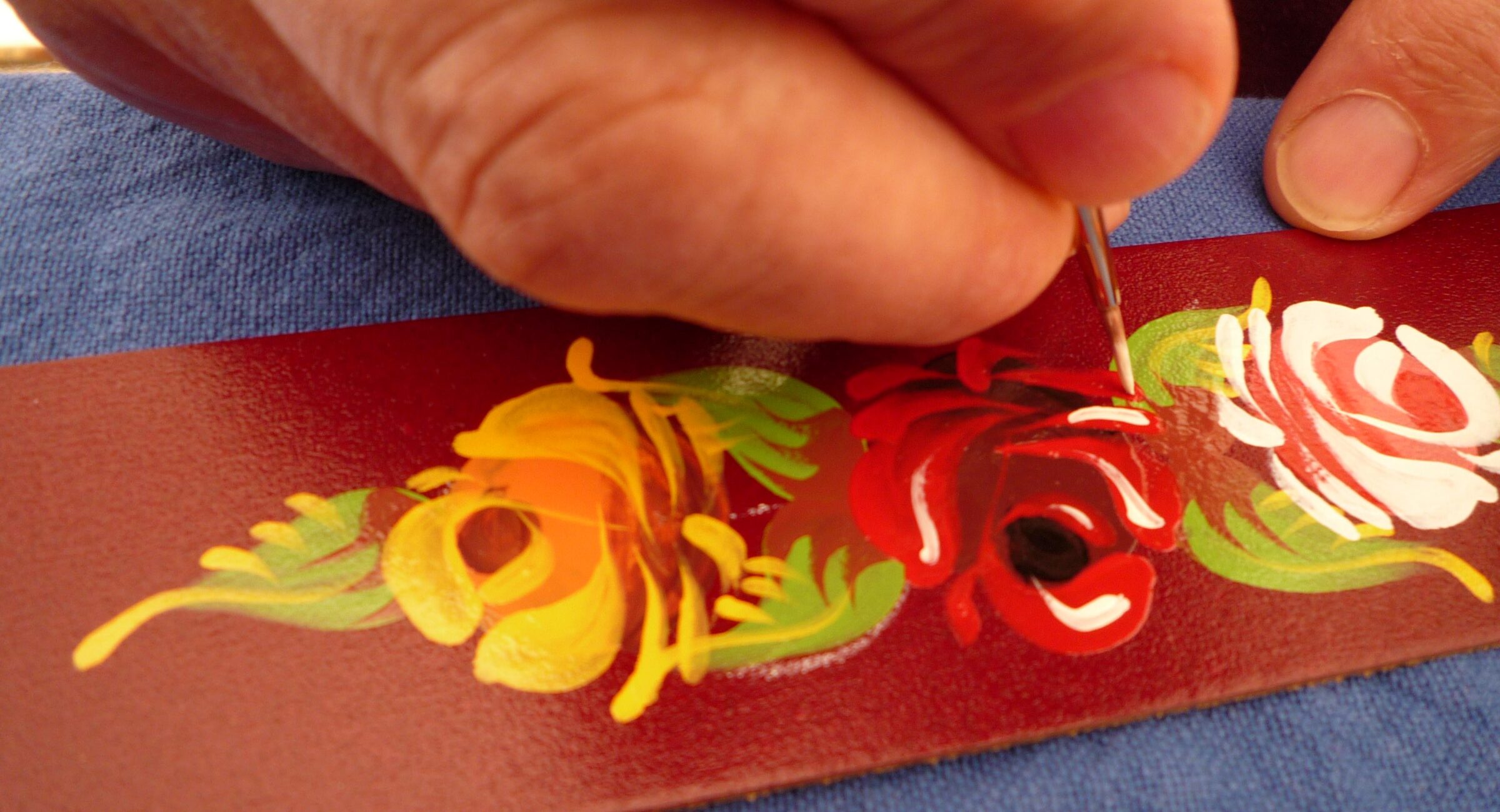
19 What could influence my style of roses?
We learn most by looking rather than listening and to that end, there were a number of names put forward who's work is worth looking at. Jessie Owens, Phil Speight, Dave Moore, Ron Hough, Frank Nurser, Bill Hodgson, Brian Collins, Anne Young, Tony Lewery, Terence Edgar and Kerri Williams. Thats a real mixture, with some of them still with us.
Watching someone often proves a stronger influence on how you paint rather than just looking at historical work although that is important. An apprentice would copy the master and then put their own twist on the pattern. In the end you should try to develop your own style but taking account of history for an authentic look.
The picture shows a stool by Dave Moore.
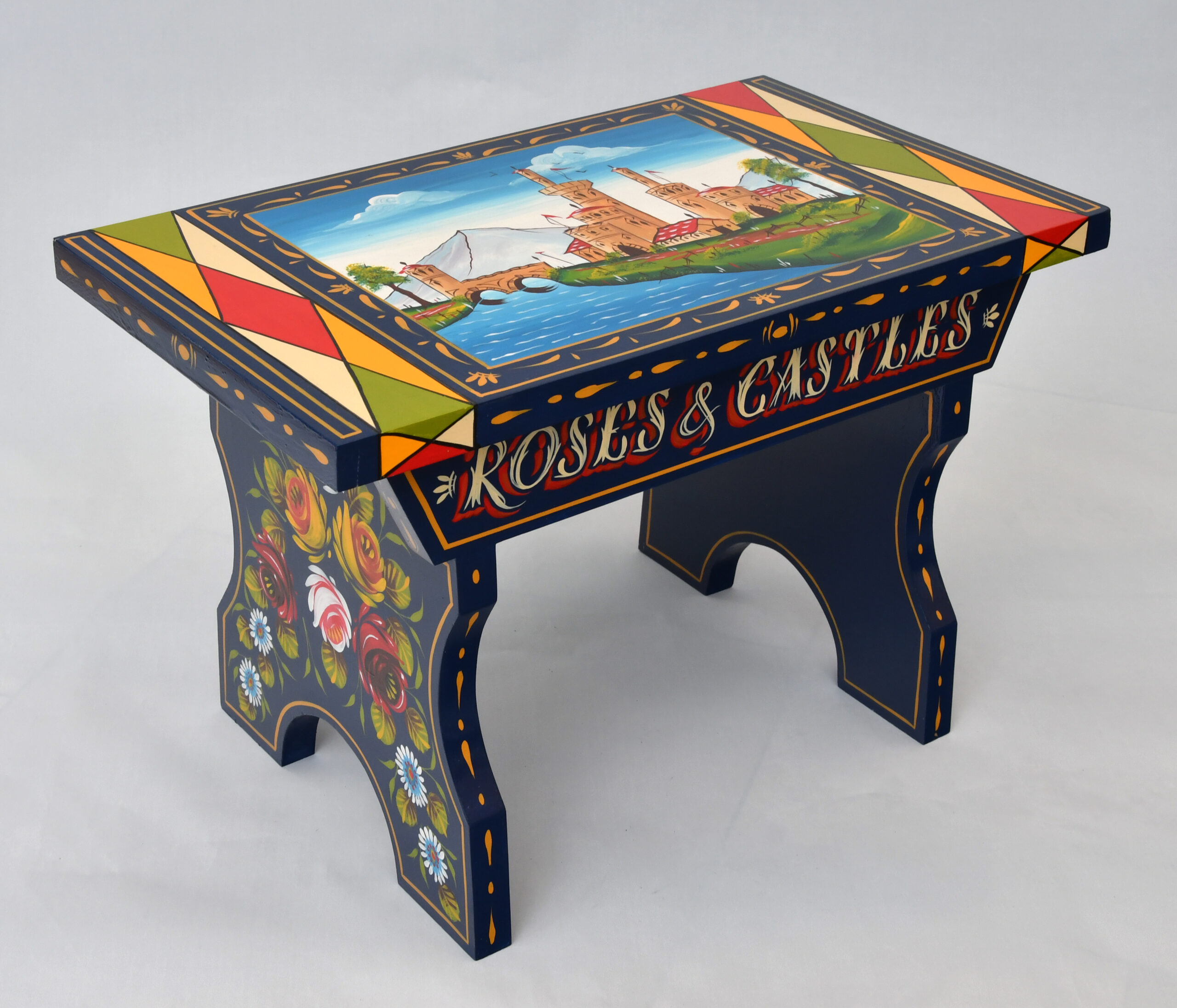
20 What are the main colours for roses?
The basic colours for roses are usually red, white and yellow but it's also suggested that pink was the fourth colour. That tends to get forgotten now. You can also use these colours for petals of daisies.
There were also other suggestions for the use of a lilac and even purple but those were not seen as traditional.
In the early days of the decoration coloured paints were difficult to produce and this could be the reason for the limited range of colours that were used. If the traditional boat paints had the large range of colours we have today, would they have made use of them?

21 What are the background colours for the roses?
For the red rose it can be difficult for red petals to show up on some backgrounds. I knew someone who just painted a maroon disk with no shading. Suggestions from the group were: crimson or a reddish brown background with black shading; dark oxide with black shading or the most common suggestion was brown with black shading. Using a pre-mixed tin of brown paint helps to keeps results consistent.
For white roses it's a pink background with red shading and for the yellow roses its orange, light brown or a mustard colour with brown shading.
It was also suggested that you could also use red shading on orange for yellow roses . A small amount white in orange backgrounds and orange into the brown shading can work well.
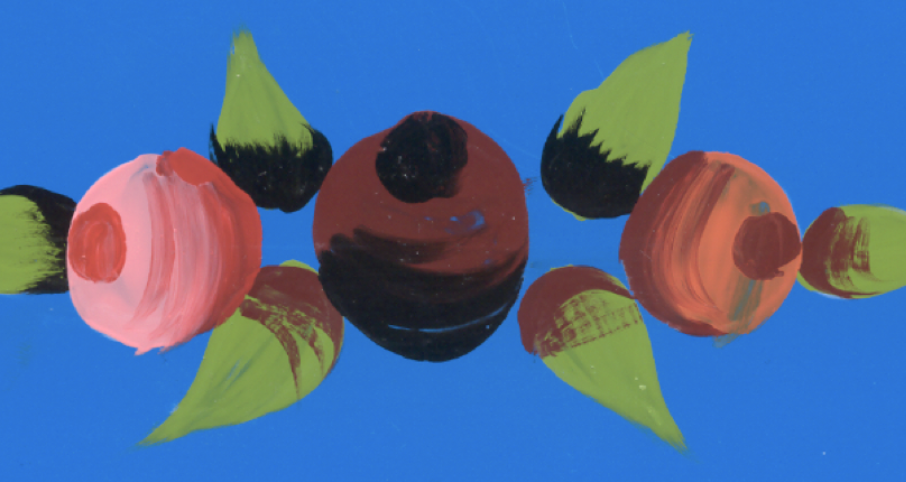
22 Is there a specific order in which you paint Rose Petals?
The advice is to start with the largest petal. This dictates both the direction the rose is pointing and the size and position of all the other petals.
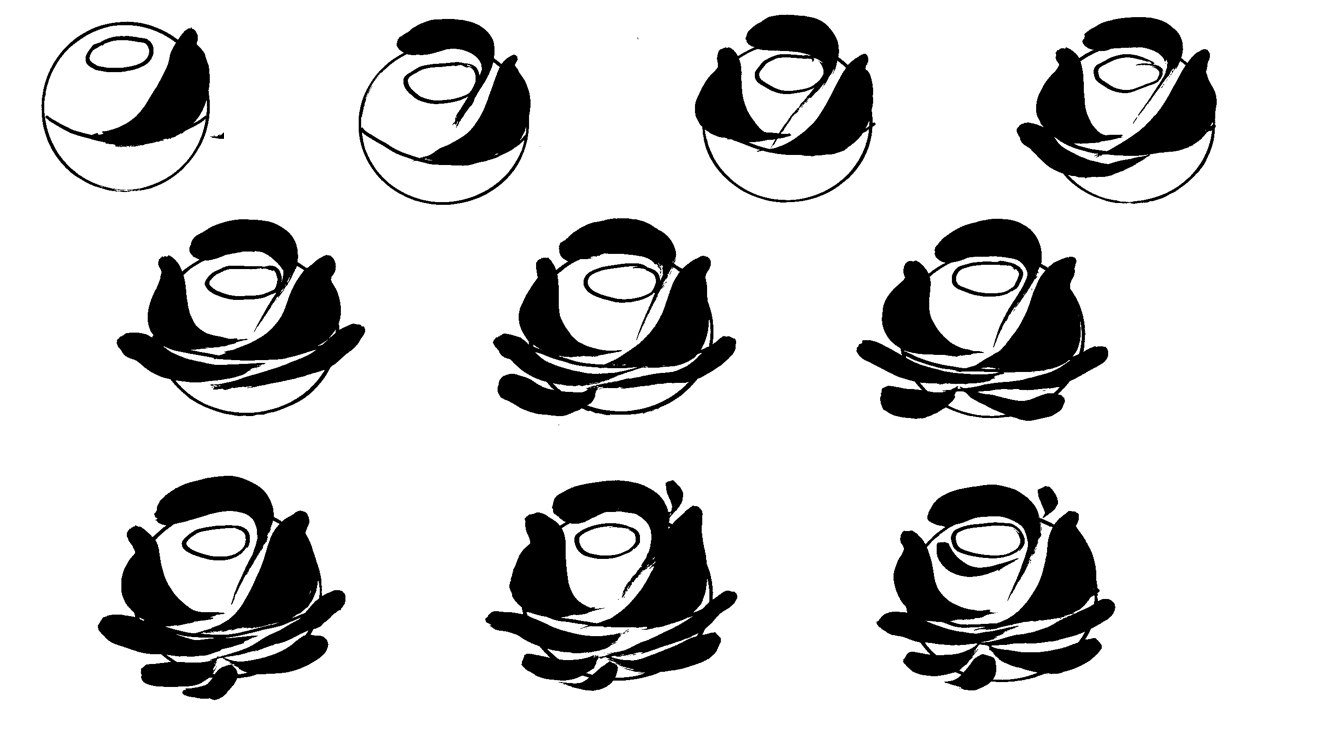
23 Should roses have highlights?
A number of people said only the red rose should have highlights as its sometimes difficult to see the red petals on the brown background. Other people included highlights on the yellow petals and some suggested using pink or red on the white roses. There were various suggestions on how many petals should have highlights, from a few to all petals. It was also suggested that it was more important for Southern Style roses to have highlights than the Northern Style.
This looks like an area where you have to look from examples from the past and try out your own variations to see what suits you.
.
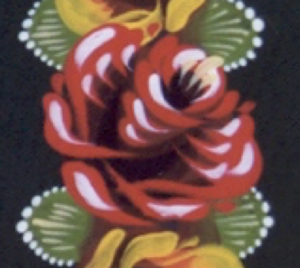
24 Should the roses have stamens?
The general opinion was yes. It just seems to finish the roses off.
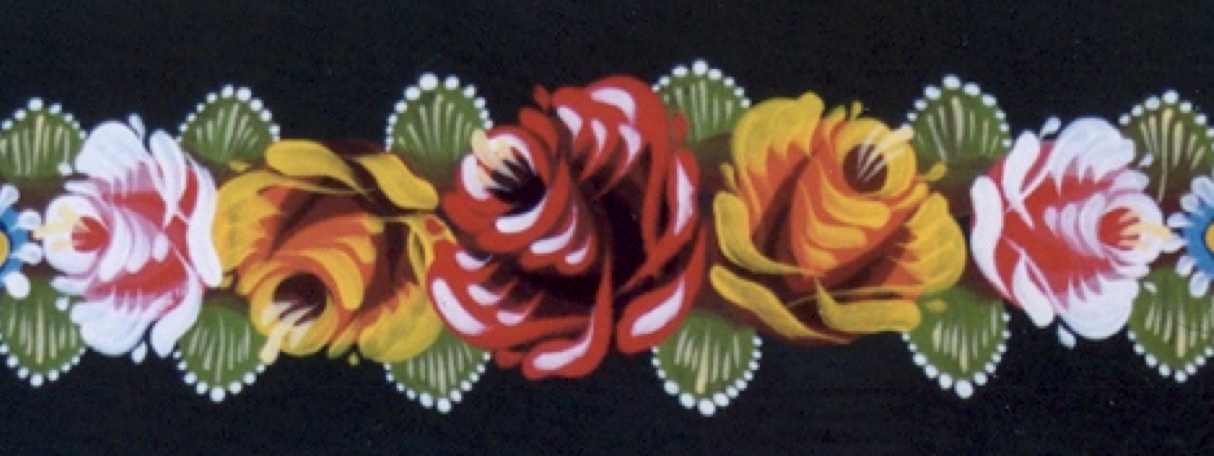
25 Are Rose Buds generally used in a design?
Dave Moore is will known for adding rose buds to his work but it doesn’t seem to be generally done although it is growing in popularity. They could be useful if there are small spaces that need filling.
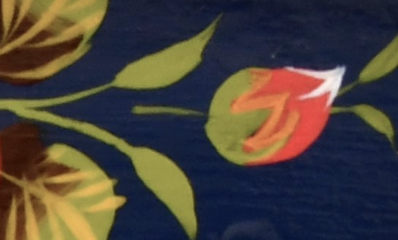
26 What do you do with spaces between flowers?
If flowers are grouped together as three, then there is very little space between them but if they are grouped as an even number there is often a gap. This could be filled with a small flower such as a daisy but some people use a darker colour, such as green, to fill the space. This can give more depth and help take your eye away from the background colour which shows through the gaps.
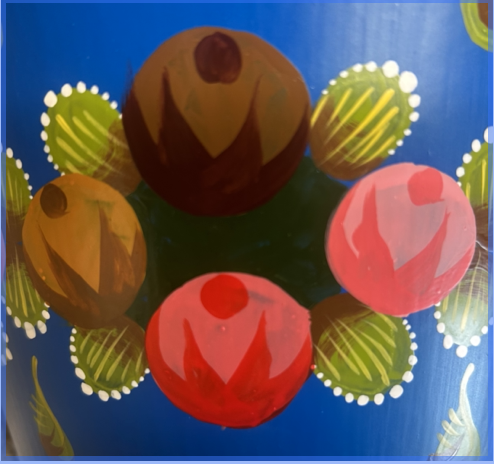
27 What are the preferred colours for daises?
Most people seem to use white with a blue background but colours can follow the same as those used on roses with the same background as used on the roses.
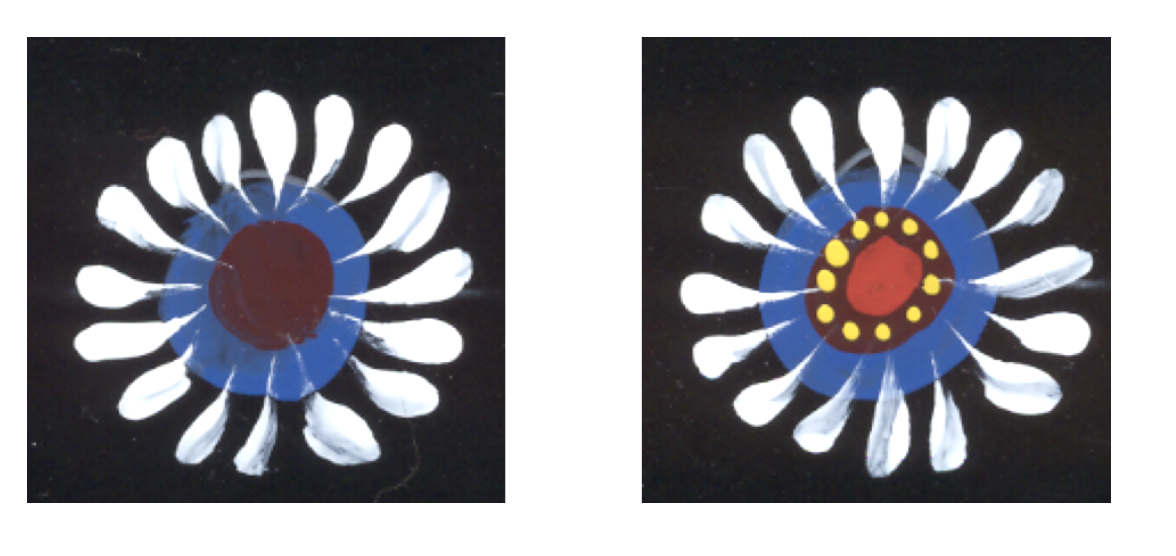
28 Whats a ‘Mahl Stick’?
The mahl stick is a rest for your hand so you can get a little higher above your work when painting and it helps stop you putting your wrist in something you have just painted! This is one of those things that everyone thinks they should have as part of their kit but don't always use. However, it's essential if painting panels on the side of a boat. They can be purchased in aluminium or wood but many people make their own. The aluminium ones come in several sections that screw together and look smart but the wooden ones are warmer to the touch. If you make your own, then a length dowel can be cut to suit your own needs. The end should be a ball of cotton rag covered with leather and wired to the dowel. Another suggestion was to use denim shaped and held in plaice with duck tap or fine wire. A small rubber ferrule, of the type used on walking sticks, could also be used on the end of the dowel.

29 Are other types of flowers used besides roses and daises?
The only suggestions were anemones, forget-me-nots and a type of primrose but generally people seem to stick to the traditional rose and daisy designs.
When I was looking for something different I came up with an idea based on a Christmas Rose.
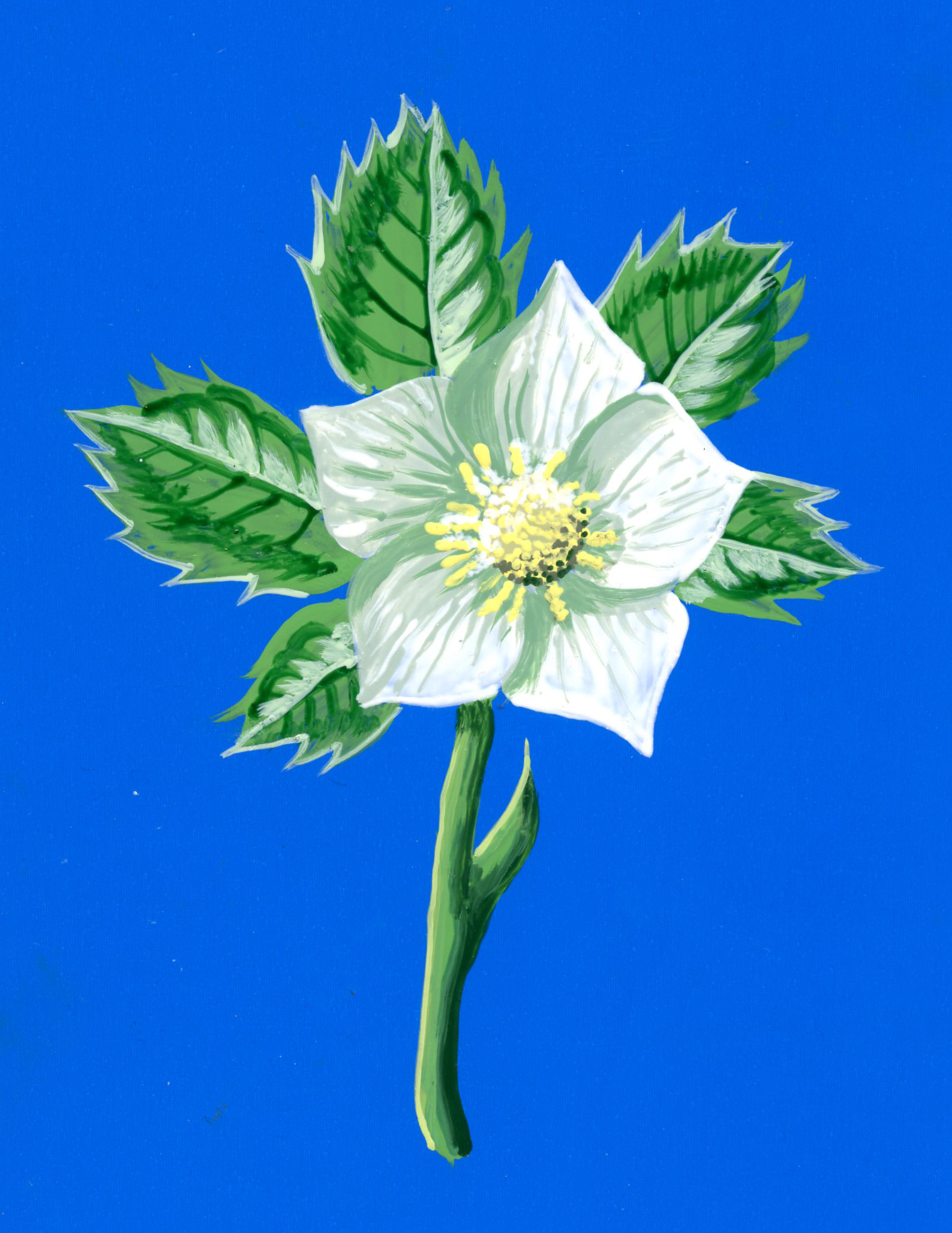
30 Is there any advice on painting a castle picture?
One answer was: ‘I like to change the scenery and arrangement of the buildings continually. The main element for the picture is that they must always show distance. Use colour and perspective to push mountains back. Include sea and a river, with or without a bridge; sometimes a pond or water in the foreground but no bridge and no sea once in a while; very often a combination of two or more of them but no birds.’ Many of the group would go along with these basics but in recent years designs have been influenced by canal art courses rather than looking back to designs from the past where there were many more variations. The group made reference to the styles of Ron Hough, Frank Nurser, Phil Speight, Dave Moore and the Braunston style painters. The example is a Ron Hough design.
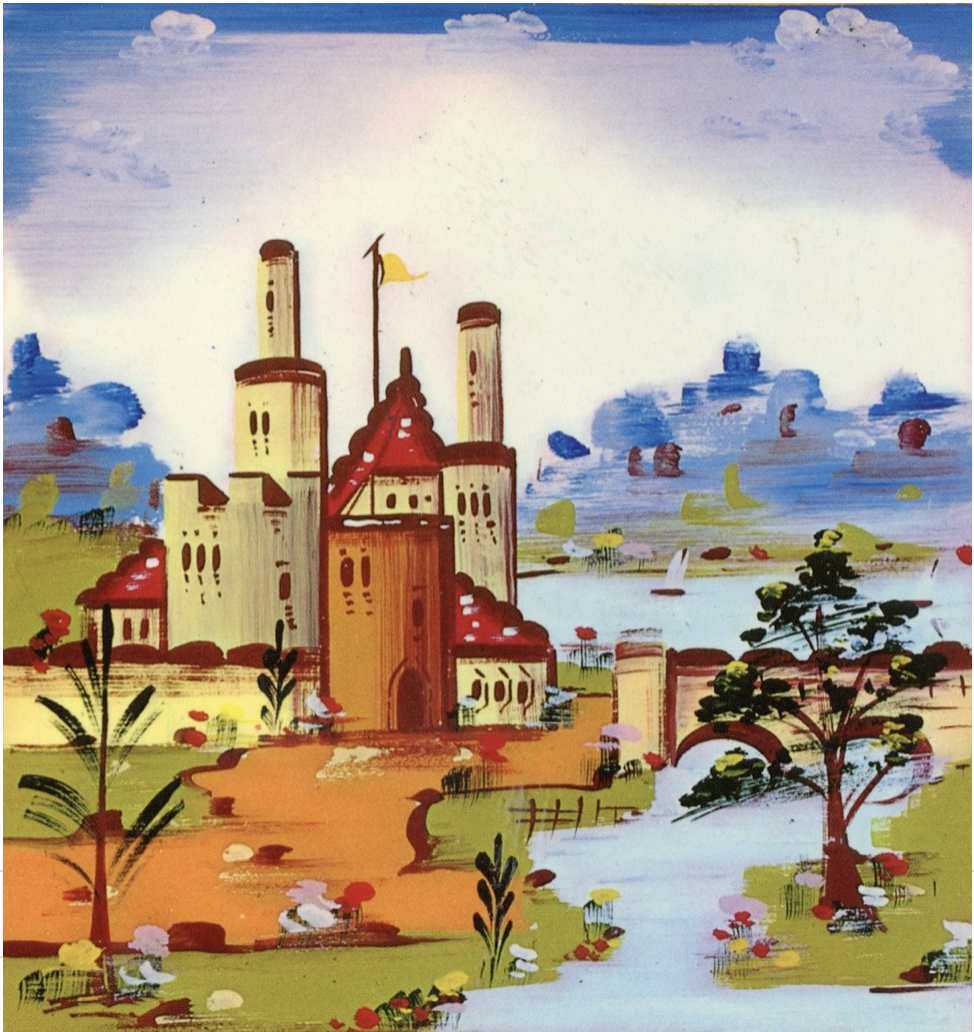
31 Is it necessary to draw an outline for a castle picture?
Some people draw outlines and others not. Those who do, said they sketched the outline after the background colours were painted. Drawing an outline will help boost confidence when starting out but try to limit the detail as you become more confident.
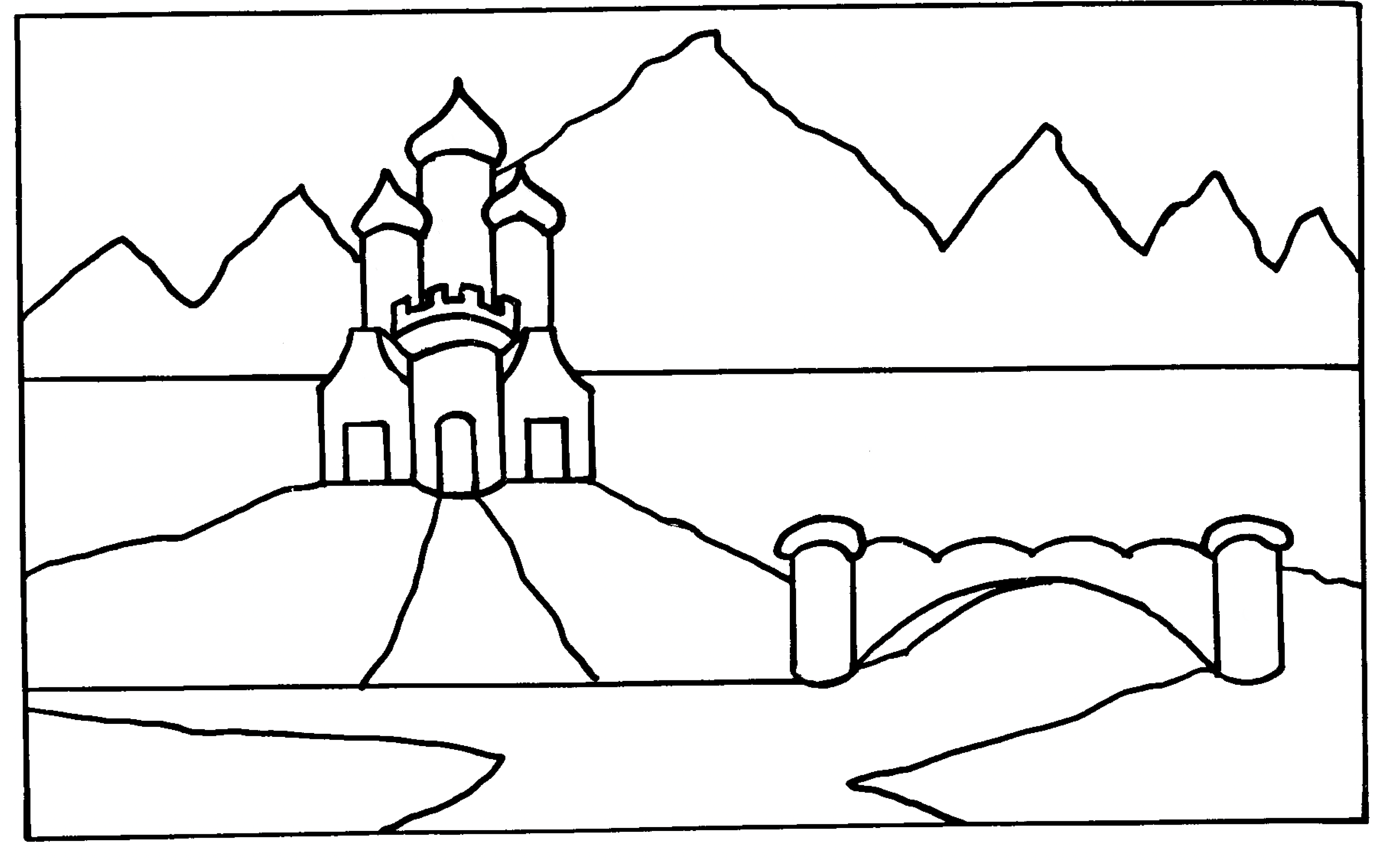
32 What advice is there for brushes too paint a castle picture.
There were a number of suggestions for this: 3/8” or 1/2” one stroke, Pro Arte 106 no. 4, no. 1 rigger; sable chisel writers no. 2, 4 and 5, pointed writer no. 2; One-stroke 1/4” and 1/2”; Small and medium hog. A lot will depend on the size of the picture you are painting and the choice of brushes you are comfortable with.

33 Is there an order to painting the castle picture?
One person summed it up: ‘Sky, mountains sea/river/lake; castle buildings with shading; orange paint for the path; clouds, roofs with shading. Then trees, land in two greens with some yellow blended in. More work on trees; first part of bushes; castle details, finish trees and bushes. Add sailing boat(s); highlights in castle, bridge, if there is one and on pathway. White dashes in the water; sails on boat; flag.’
Many people have a similar method although I have seen some who start at the top and work down to the bottom, finishing as they go. This way you avoid leaning in something wet!
The picture shows the stages in one of my castle scenes.
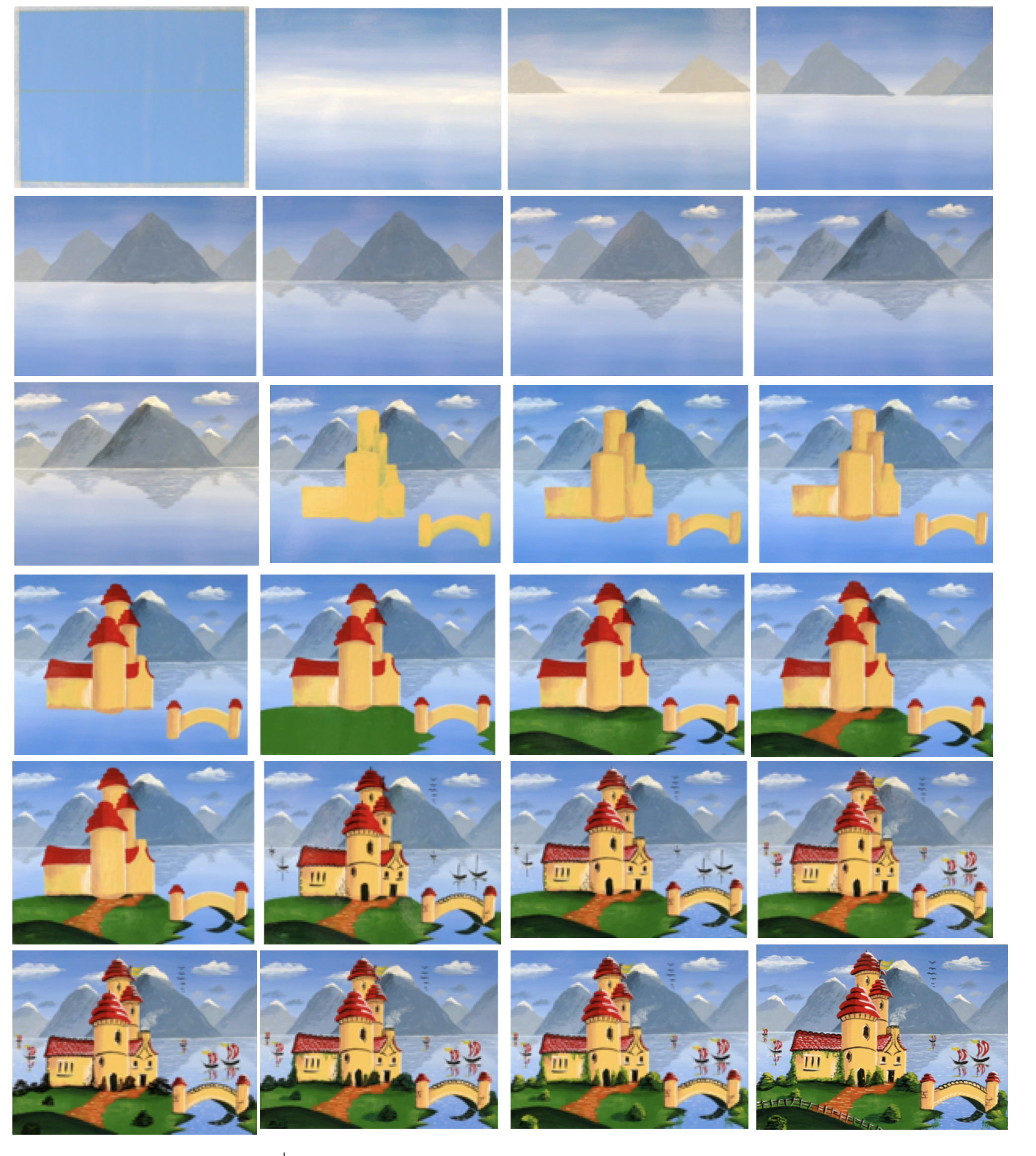
34 Should castles be finished with a painted outline?
Of old, Frank Nurser did without but Hodgson added one. Seems to be one of those things you need to try out so you can see what you prefer. If you do add an outline its best on the shaded side, not the side with the highlight.

35 Should there be left and right handed version of a design?
For most people the answer was a no. I knew a couple who both painted, one was left handed and the other right handed. When they painted their cabin doors they produced a left and right handed castle. It was easy for them to work with one set of paints between them. I tried a left and right handed castle on a water can once. See picture.
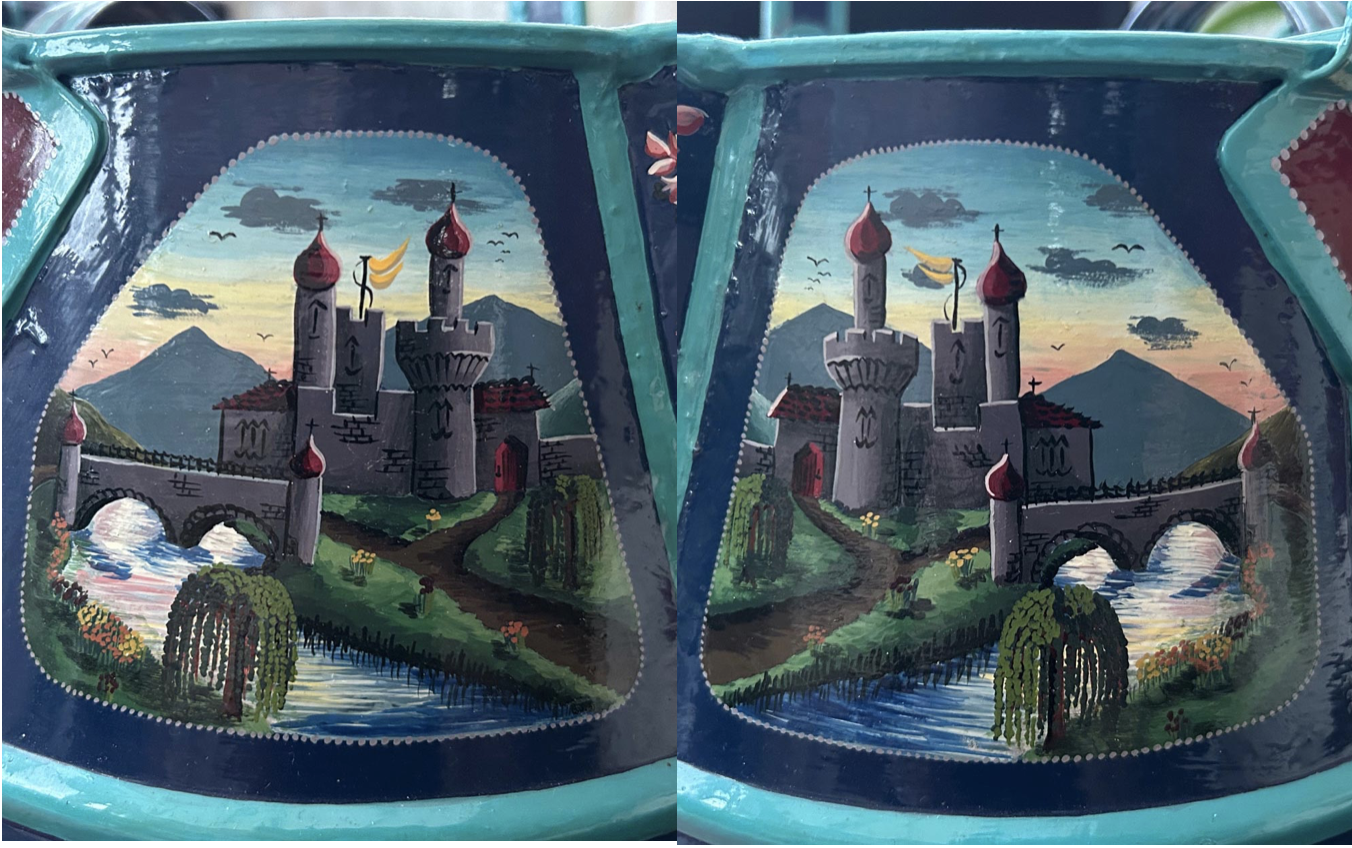
36 Are there other picture designs apart from castles?
The most common picture associated with canal art is that of a castle but in some circumstances other pictures are used. In the past boat painters have used such things as horses, bottle kilns, designs from cigaret packs, etc. Current painters have listed the following: chemical tankers, a little house, grave stones with a chapel, dogs, sailing ships, woodpecker, fruit basket, horses, etc. Most of these would be by special request and have a story behind them. I like Star Trek so painted the ‘Enterprise’ once.
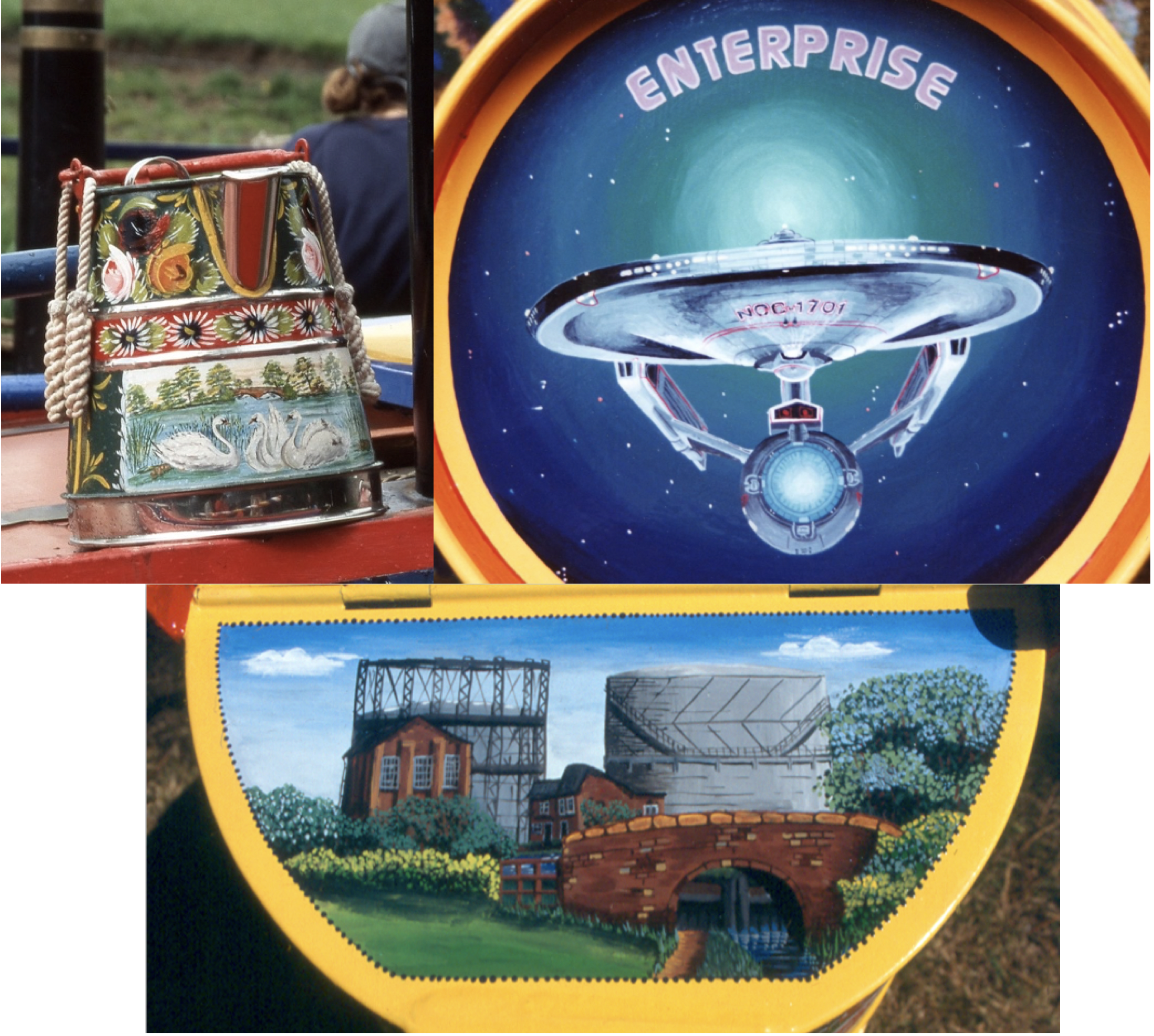
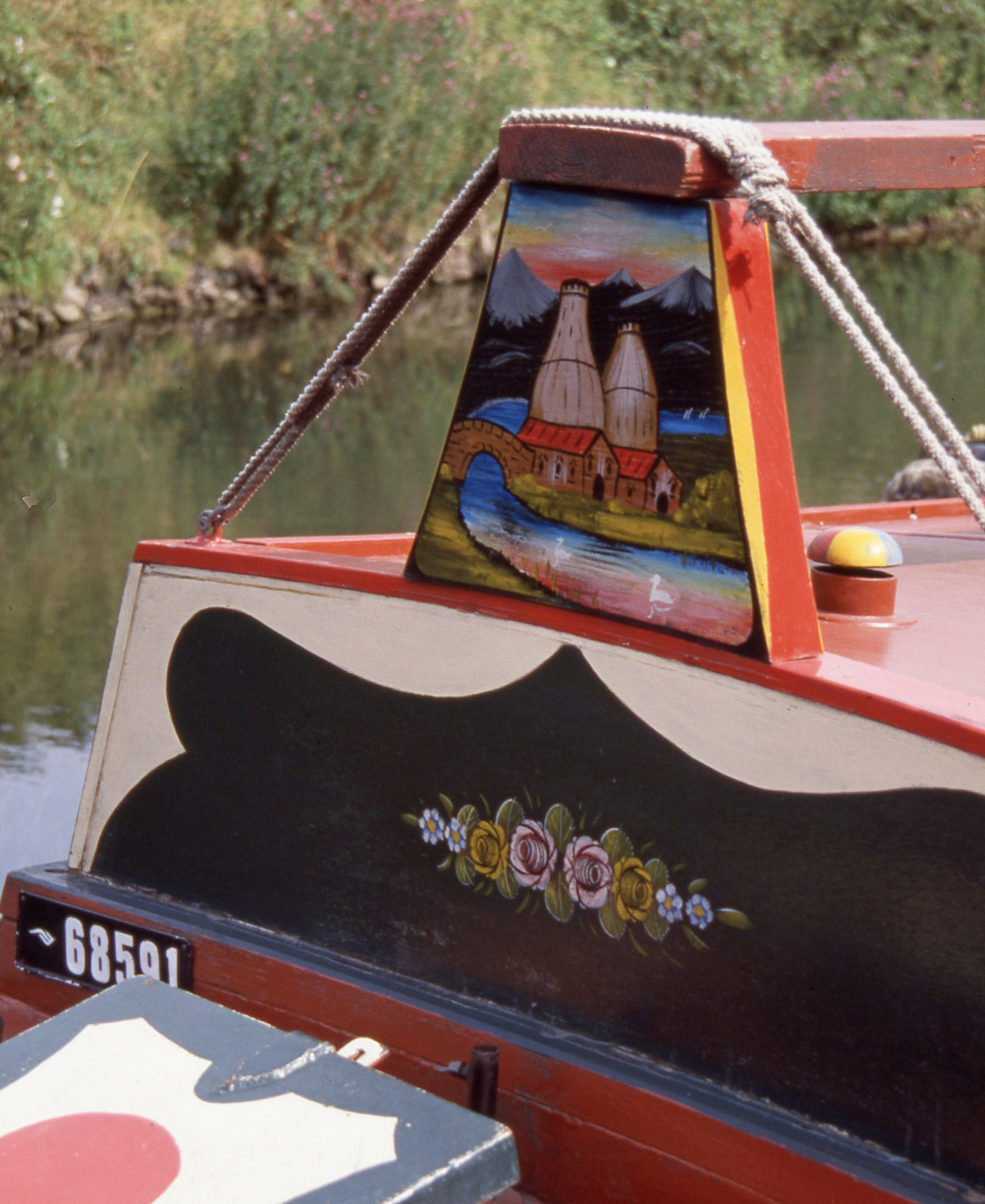
37 What other patterns are used as part of canal art?
The compass wheel design was said to be a simple way of recognising different carrying companies by those who could not read before the roses and castles started. They were also said to ward off evil spirits but it seems that very few painters are using them now. Scrolls are often used to fill in space on panels with signwriting. Stencils are available but unless your painting includes signwriting you are probably not going to use scrolls. Diamond patterns seem to be more readily used on things like deck boards, stern & top planks, pigeon box, cabin stool, water cans, nose bowl, etc. The less confident will use tape to mask areas for painting.
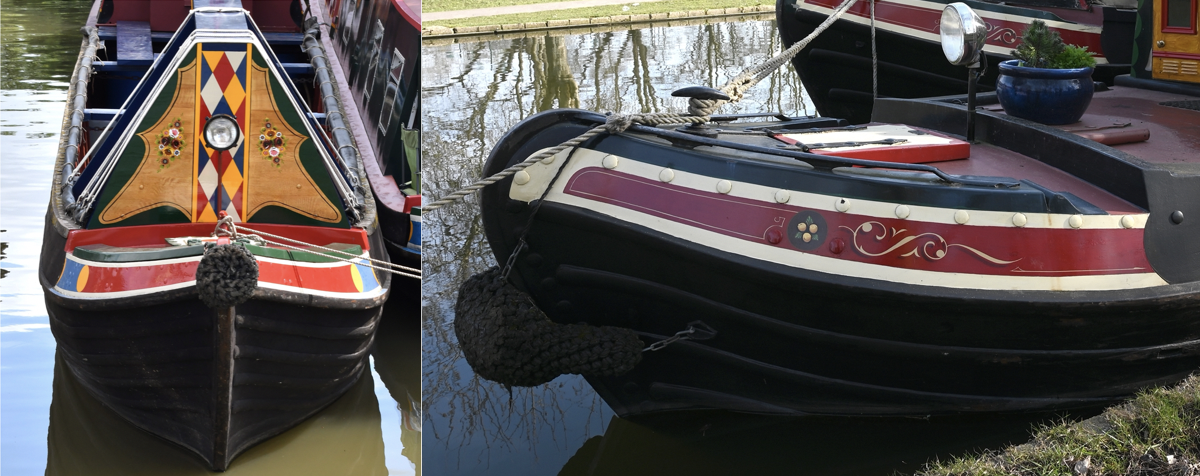
38 Where can traditional Water Cans be purchased?
There was a person at Rose Narrowboats who made water cans but the person was said to be getting on in years and they were about £300.
Black Country Metalworks ww.blackcountrymetalworks.co.uk sells some water cans but they are not as substantial as those made back in the day.
To obtain well made traditional water cans its probably best to look for second hand ones that can be cleaned and repainted.
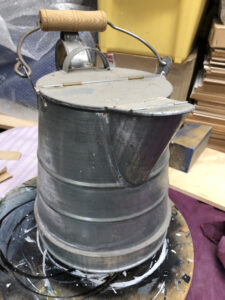
39 Is there a specific background colour for water cans?
In the past the background colour for water cans was nearly always green but the general opinion now seems to be, to us a dark colour or one that would fit in with the background colour of the boat.
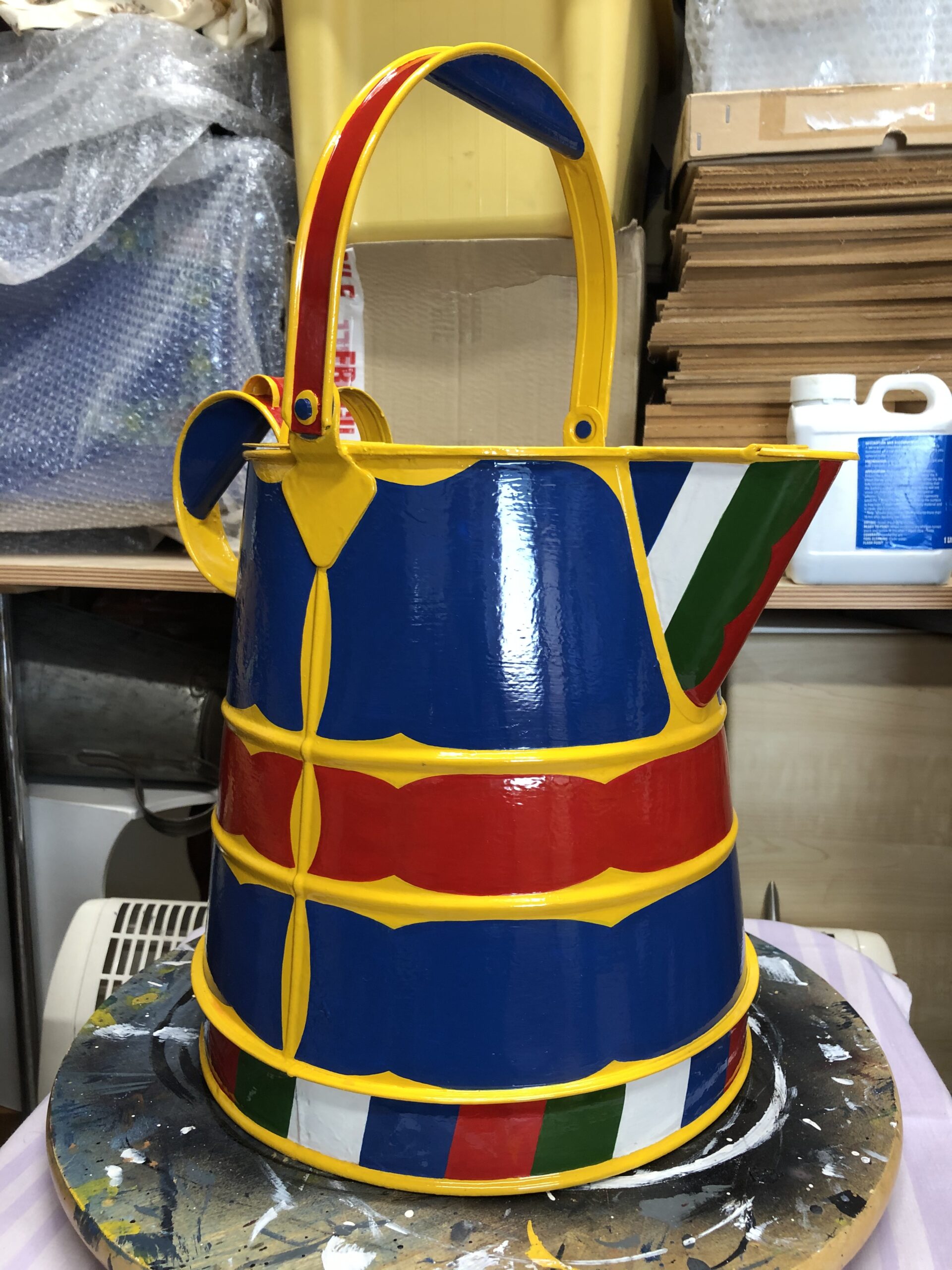
40 Is there a particular number of devisions around the bottom of a Water Can?
The general answer seems to be no although the size of the devisions seems to have got bigger in recent years. The main thing is to make sure the devisions divide equally for the number of colours being used.
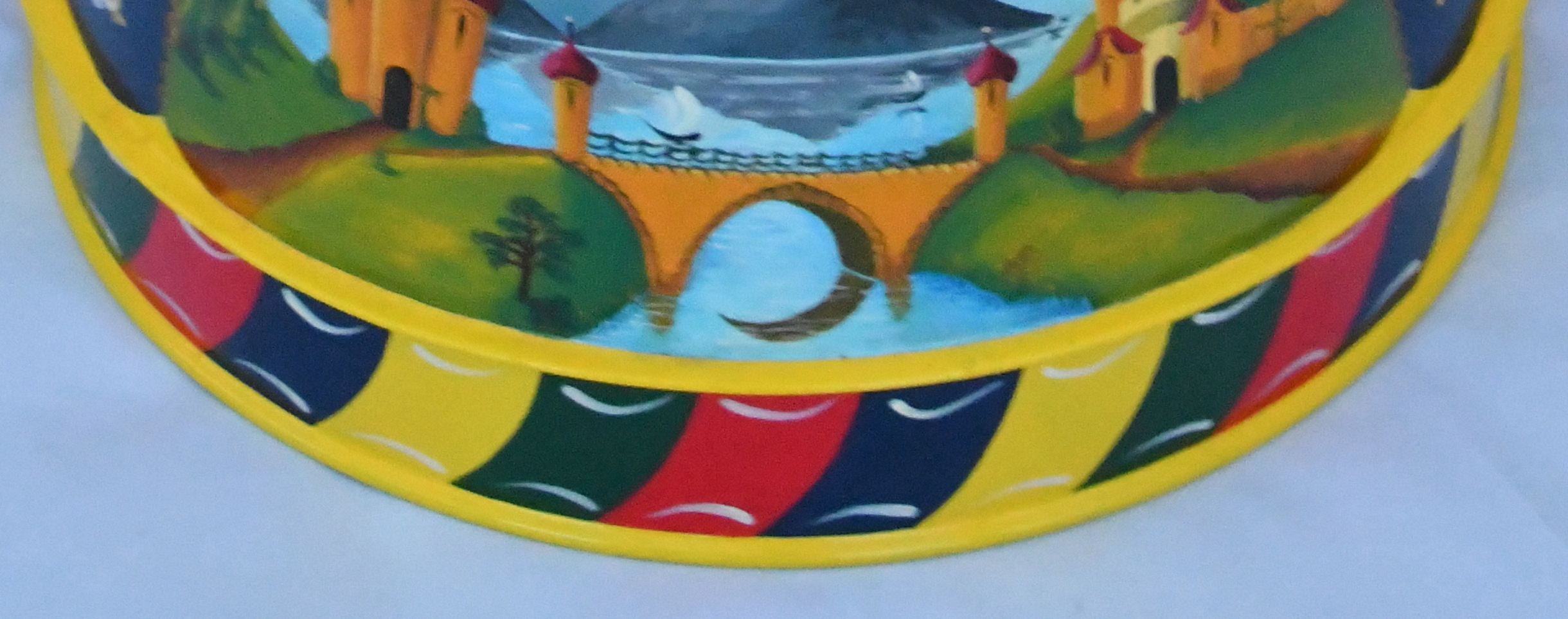
41 What determines the colours around the bottom band of a Water Can?
Sometimes the basic colours of red, white, yellow and blue were used but it could comprise of paint colours being used up on other parts of the water can. The number bands need to be carefully worked out in advance so they are easily divided by the number of colours equally.

42 Where should the castle picture be placed on a Water Can?
Traditional it seemed to be the larger panel at the bottom of the can but there is no real reason why any of the main panels could not be used and that includes the top.
